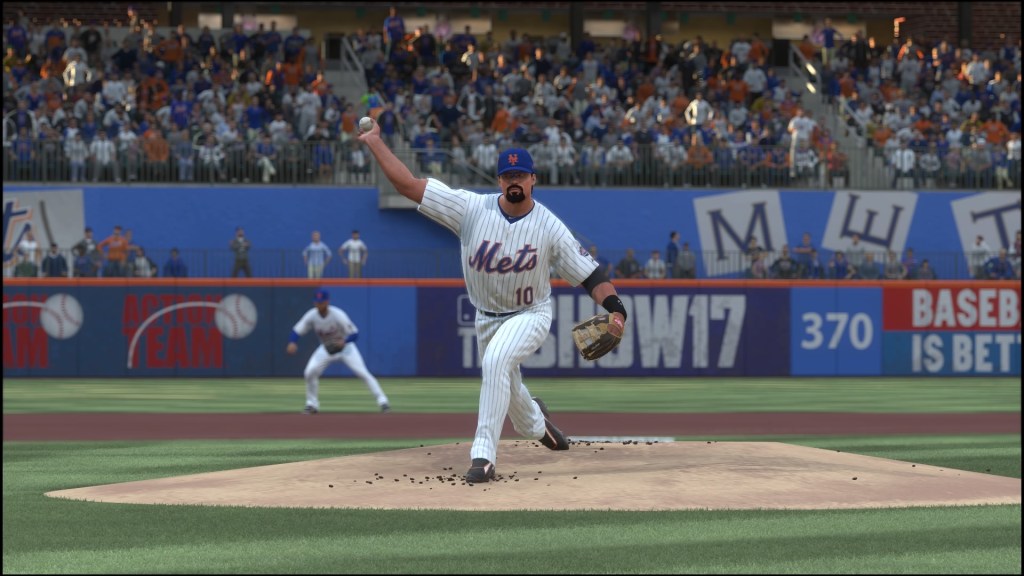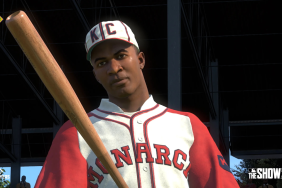If you were to somehow find a time machine and jump back to the summer of 1999, you’d be able to witness the birth of an obsession. Upon exiting the DeLorean you’d find a much younger version of myself, helplessly engrossed in Ken Griffey Jr.’s Slugfest on Nintendo 64. I am still at a loss as to why the game took hold so ferociously, but I literally would play that game until my thumbs blistered over. That is not an exaggeration. I was a really dumb kid. However, in my defense, those damn control sticks were so rigid they could have been used to slowly etch the faces into Mount Rushmore. Ever since that fateful summer I have eagerly awaited the arrival of April, and my yearly dose of grand-slamming goodness. And just to bring things full circle, Ken Griffey Jr., the man whose game so deeply imprinted on my childhood, is striding back to the plate as the official face of MLB The Show 17. If that isn’t a good omen, then I don’t know what is!
Keeping Baseball Alive
If MLB The Show was a political candidate, it would have been running unopposed since 2013. Though the lack of competition is an easy recipe for complacency, Sony San Diego has somehow managed to keep expectations high and the bar of quality even higher. Even more promising is the fact that this is the first season without the release of an accompanying PlayStation 3 version. The entire studio was able to singularly focus on the current generation version, and it definitely shows.
Where some seasons tend to be more revolutionary than others, this year’s installment tends to lean more toward the evolutionary side of the spectrum. Most of the modes from last season are back again, only with a serious fresh coat of paint. Taking a page from the EA Sports playbook, the series continues to make impressive investments into the Ultimate Team mirroring Diamond Dynasty mode. The roster of available player cards clocks in at over 2,000 from both the past and present. Additionally, the level of player customization is off the charts. Everything from handmade logos that don’t seem to have a content filter (don’t ask me why I know that), to the color of your socks can be micromanaged to your heart’s content.
My personal favorite mode, Road to the Show, was also given a significant amount of attention this off season. There is now a loosely constructed narrative that underpins your ascent to stardom. Depending upon the performance of your up-and-comer, the coaching staff will interact with you in a handful of different ways. Essentially, this amounts to a post-game dialog tree that can be used to portray a modest, confident or conceded personality. While this is initially a fun new variation to the existing formula, it doesn’t take long before the conversation and dialog options begin to repeat ad nauseam.
It eventually got to the point where I was so disillusioned with the conversational repetition and predictability that I decided to make my own fun. I started to play my character like the most insufferable asshole on the planet. My newly anointed CY Young award be damned! Eventually the coaching staff was so fed up with my shenanigans that I was shipped off to baseball’s Siberia — the Minnesota Twins. Though I definitely wasn’t happy with being ripped away from the New York Mets, it was nice to see that there was actually consequences for bad behavior. So play nice!
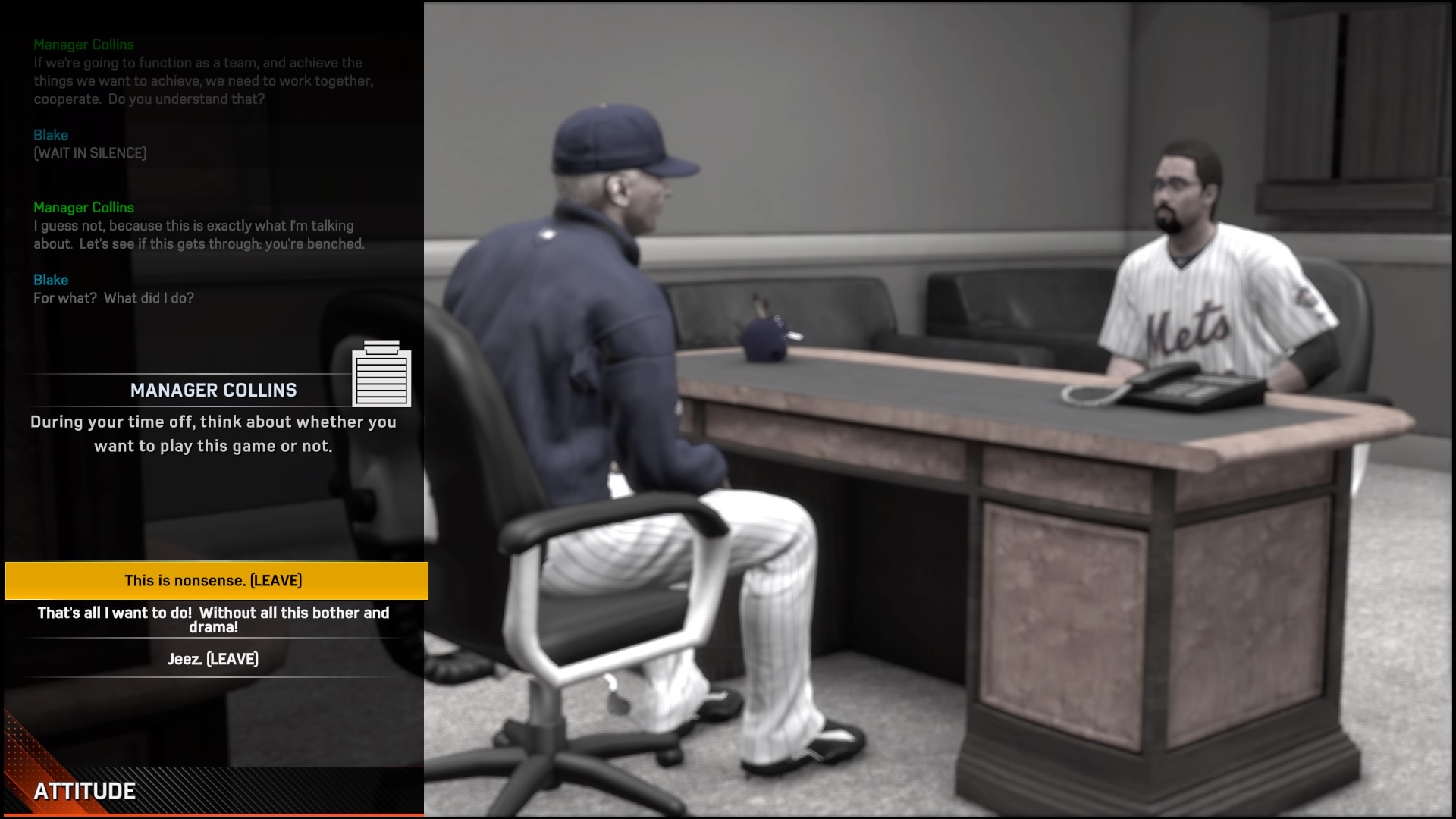
Gaming Darwinism
Another area of dramatic improvement is the in-game physics engine. There was quite a bit of attention being shown to this enhancement leading into the season, but I cannot begin to overstate its significance. The path that the ball takes when leaving the bat is now determined by a variety of different situational factors. Hit trajectories that would have never been possible in prior seasons are now fair game. Once players fully grasp these new concepts, it’s only a matter of time before they start applying English to a swing. It may seem minor on paper, but this evolution opens up the door to offensive possibilities that advance the on-field experience just one step closer to the real thing.
In a move that came out of left field, there was a rather vicious purge of the announcers booth. Series mainstay, Matt Vasgersian, was the sole survivor. Personally, I think this was a change that was long overdue. After five seasons of listening to Eric Karros continuously prove that he was as charismatic as a park bench, it was nice to see them hand the microphone to broadcasting veterans Harold Reynolds and Dan Pleasac. While I am still in the honeymoon phase with this new duo, I’ve found their dialog to be far less wooden in its delivery than the aforementioned bleacher with a mic. Also, the flow of conversation between hosts feels more organic than prior in years. It remains to be seen if their commentary has legitimate staying power after the 100th time around the horn, but at least they’re trying to keep things fresh by infusing a little new blood into the mix
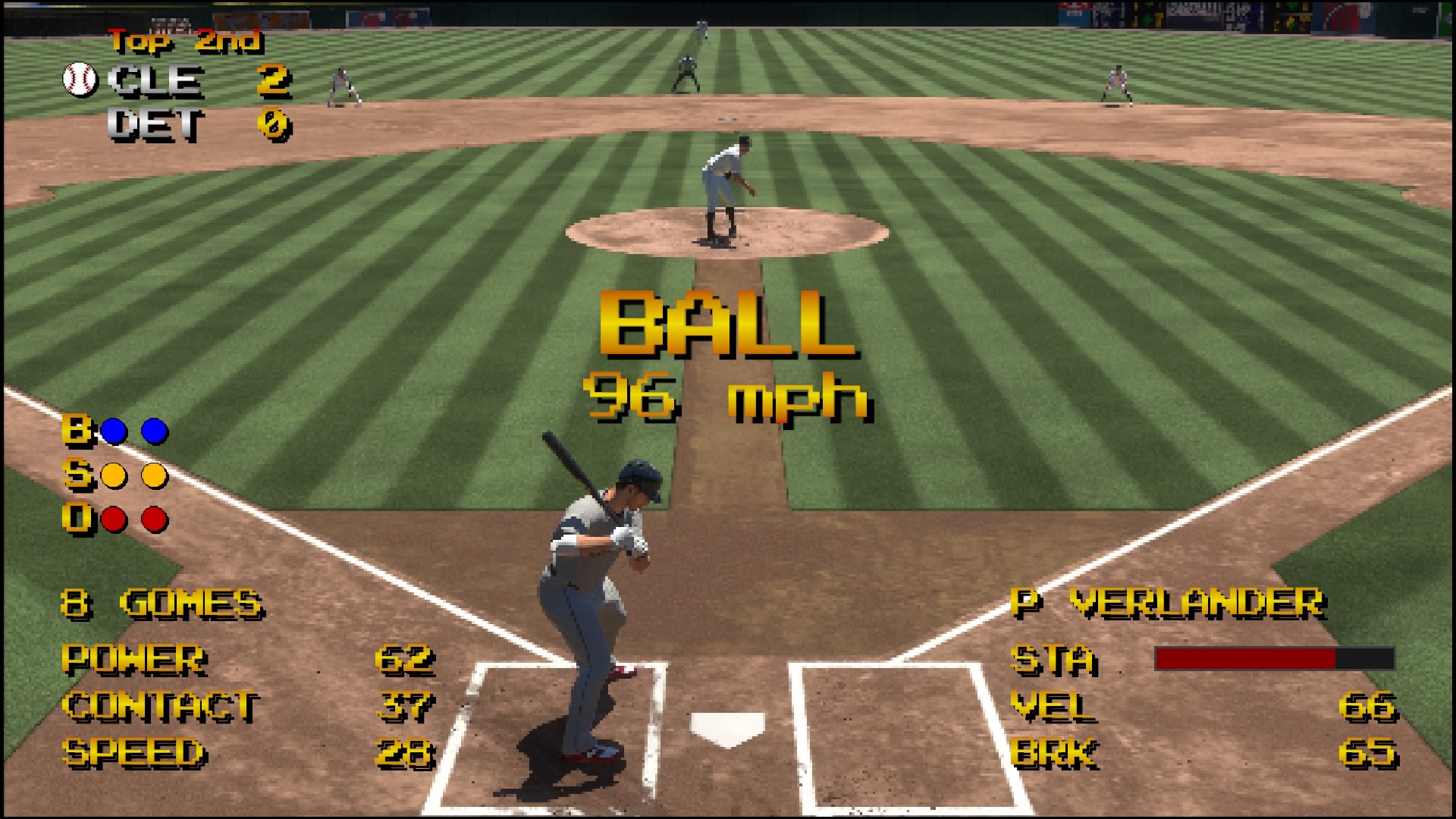
What’s Old Is New
The one featured mode to be introduced this season was almost like the development team decided to transport me back to my baseball-infatuated adolescence. The aptly named “Retro Mode” is a weaponized blast of concentrated nostalgia; targeted directly at the feels of baseball gaming veterans. For starters, the entire interface is swapped out for a more pixelated fair, reminiscent of the 8-bit era. If you feel that the dated aesthetic mixed with modern visuals is too jarring, there’s even a retro filter that feels like watching baseball through the most irritating kaleidoscope in history. The filter manages to somewhat achieve a dated presentation, but it’s still hard to shake the feeling that something isn’t quite right. Further complicating matters, the filter also caused me to get headaches on two different occasions. This isn’t to say that it will happen for everyone, but for me it was a showstopper in the most literal sense of the word.
As for the gameplay itself, throw everything that you know about MLB The Show out the window. The entirety of the game is played using only the d-pad and a single face button. Pitchers can be moved from left to right on the mound and batters can be moved around in the batter’s box. Other than that, the movement options are fairly limited. It’s hard to believe that there was ever an era where baseball was this straightforward to play, but I’ll be damned if it isn’t still tremendously effective and entertaining. The one blinding exception to this rule are the fielding physics. While the mode is designed to feel old-school, the underlying physics model mirrors the main game. So instead of the crisp and responsive input that was a retro staple, controlling fielders feels more like slogging through solidified bacon grease. Sometimes realism isn’t all that it’s cracked up to be.
After years of consistent quality, it almost goes without saying that MLB The Show 17 is a great game. The simulation makes several significant evolutionary steps forward, while still not losing sight of the genre’s storied past. Both newcomers and veterans will find something to appreciate in this year’s outing, along with a little bit of nostalgic appeal sprinkled throughout for good measure. There has never been a better time to become a card-carrying member of The Show Nation.
Review code for MLB The Show 17 provided by publisher. Reviewed on PS4. For more information on scoring, please read our Review Policy here.
-
Enhanced physics make a gigantic difference in the nuances of the game
-
Retro Mode is a fantastic blast from the past
-
Adding narrative to Road to the Show is a great half-step in the right direction
-
Dialog and conversation options in Road to the Show repeat far too often
-
Defensive player controls in Retro Mode could use some serious retooling
-
Retro Mode made my head hurt -- literally!
MLB The Show 17 Review
-
MLB(R) The Show(TM) 17
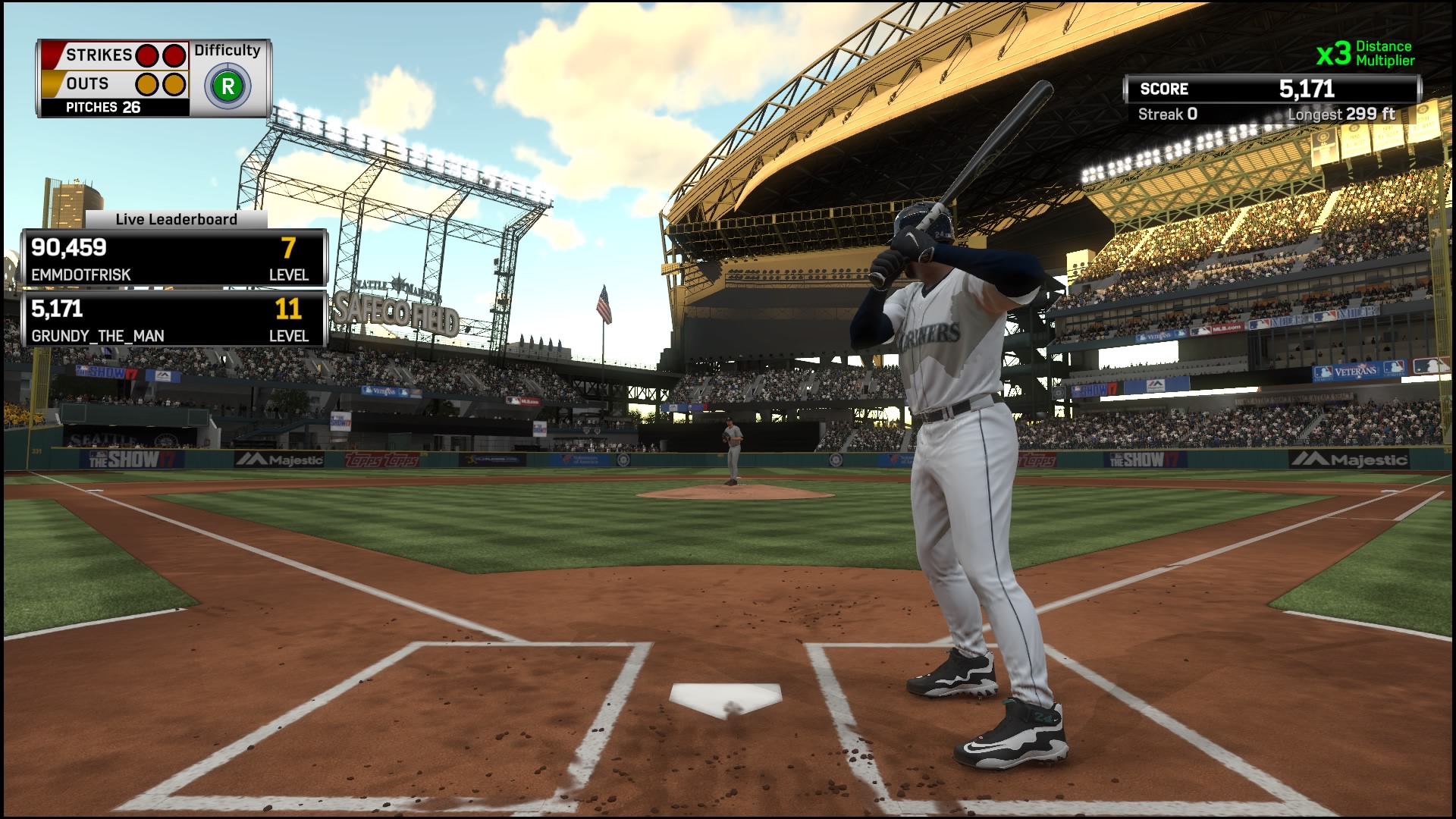
-
MLB(R) The Show(TM) 17
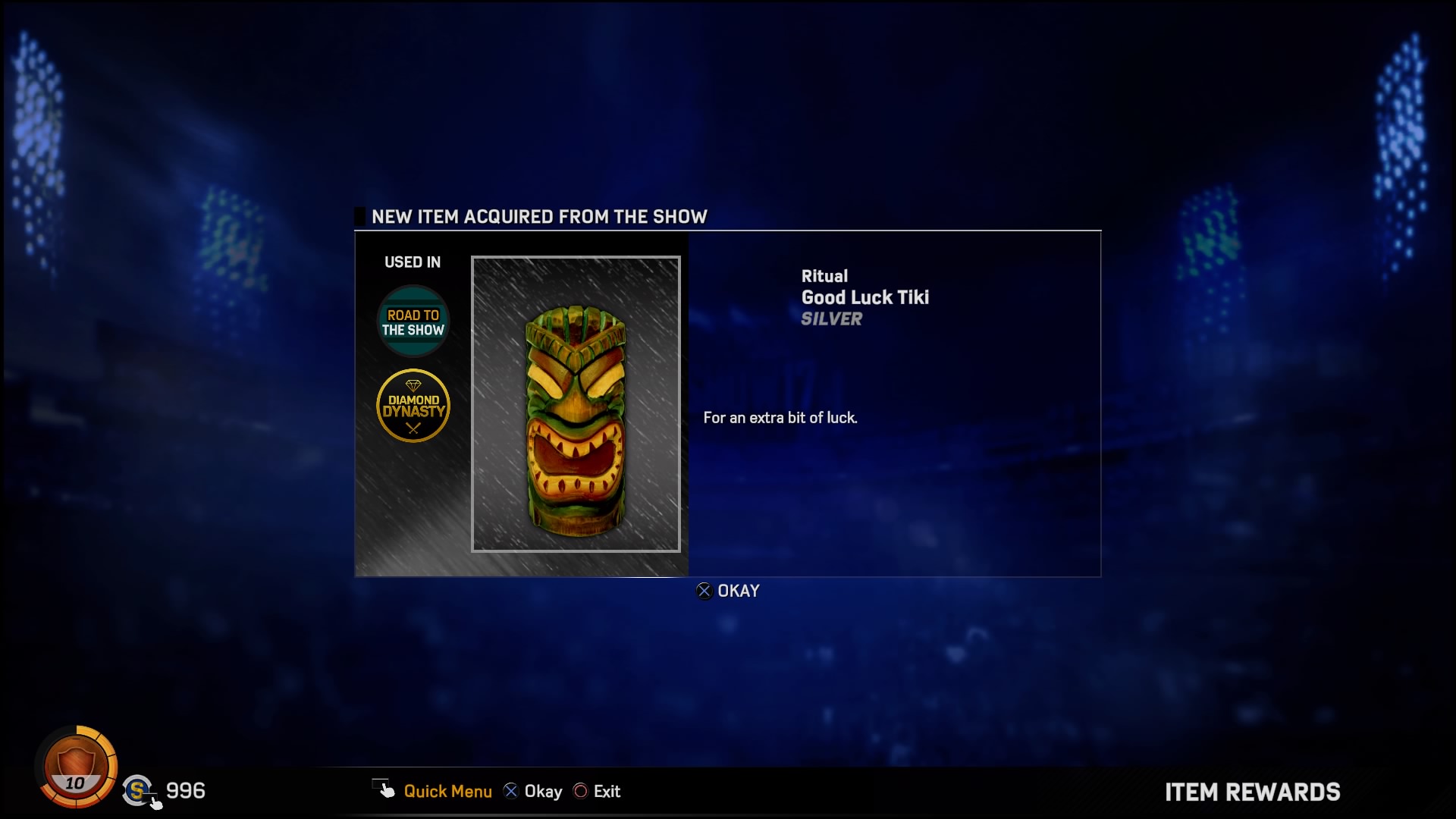
-
MLB(R) The Show(TM) 17
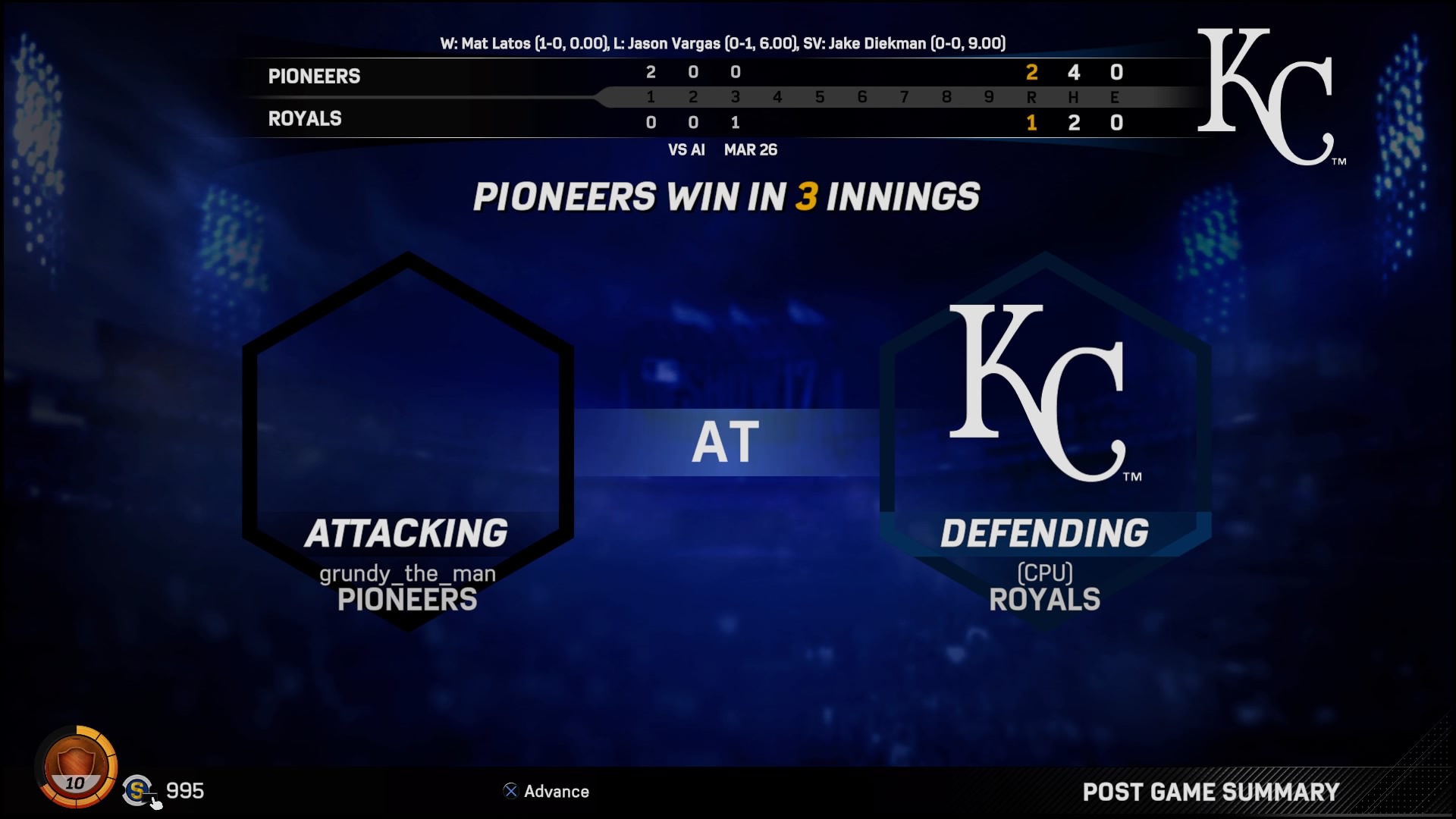
-
MLB(R) The Show(TM) 17
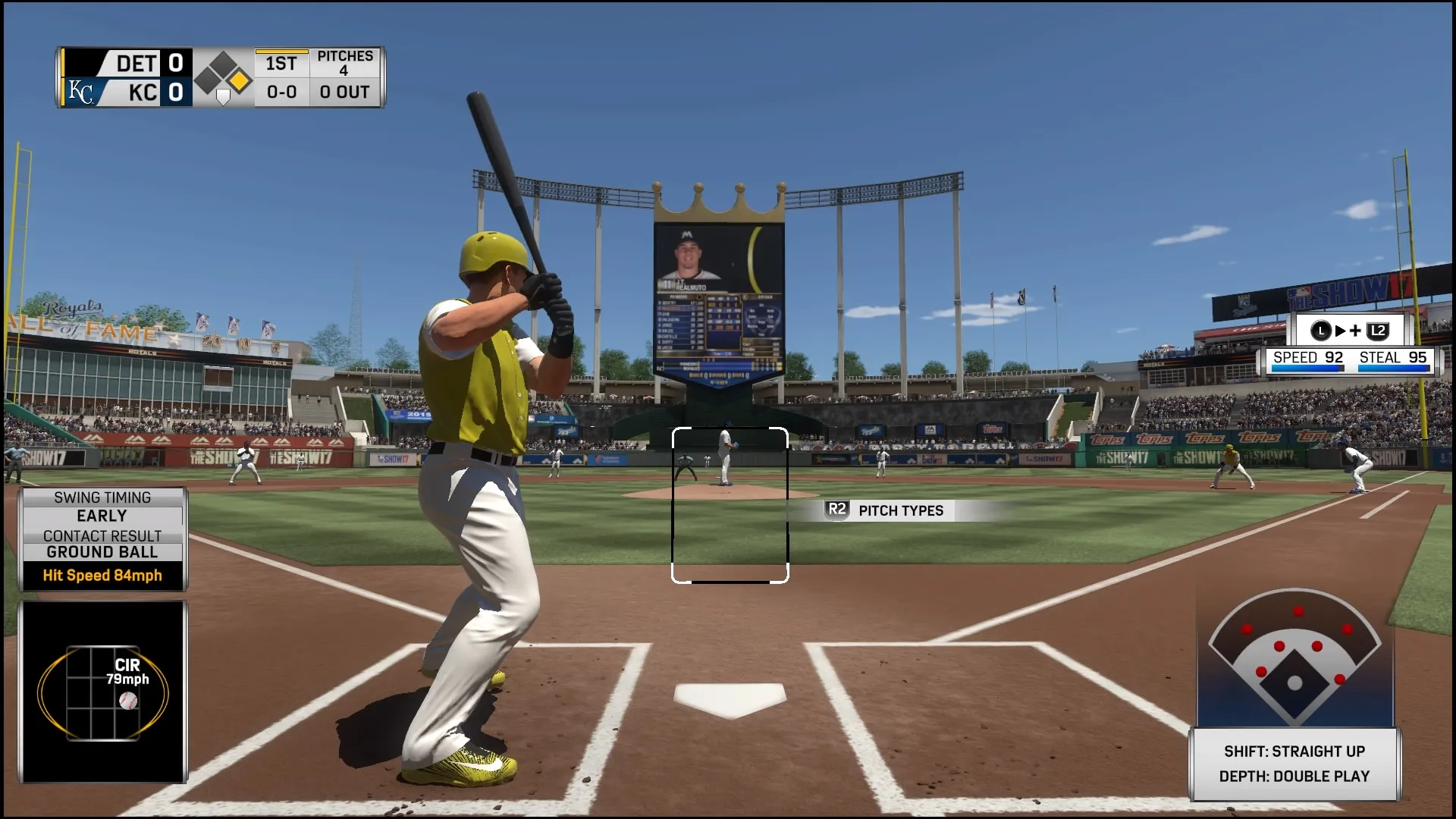
-
MLB(R) The Show(TM) 17
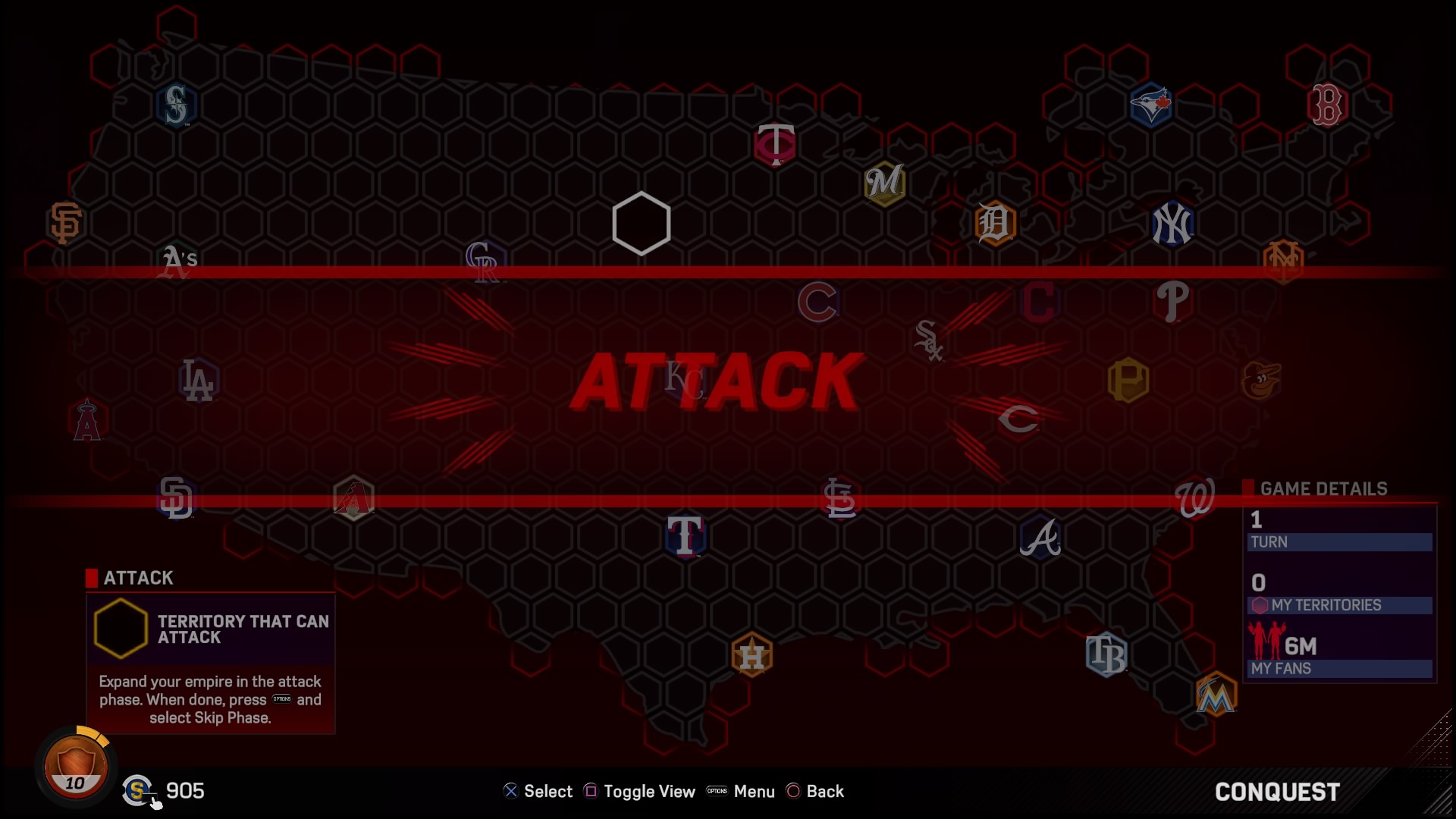
-
MLB(R) The Show(TM) 17
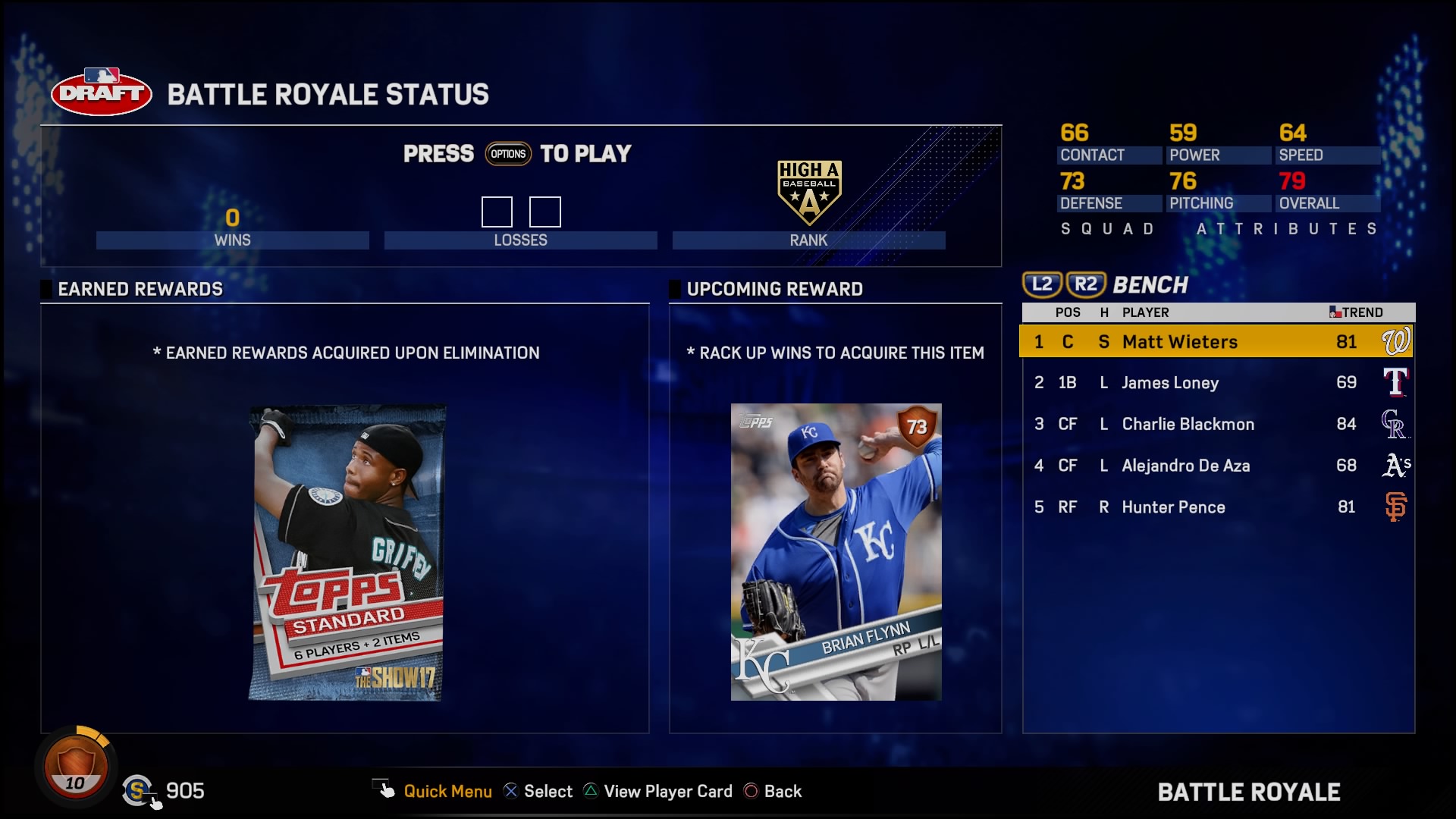
-
MLB(R) The Show(TM) 17
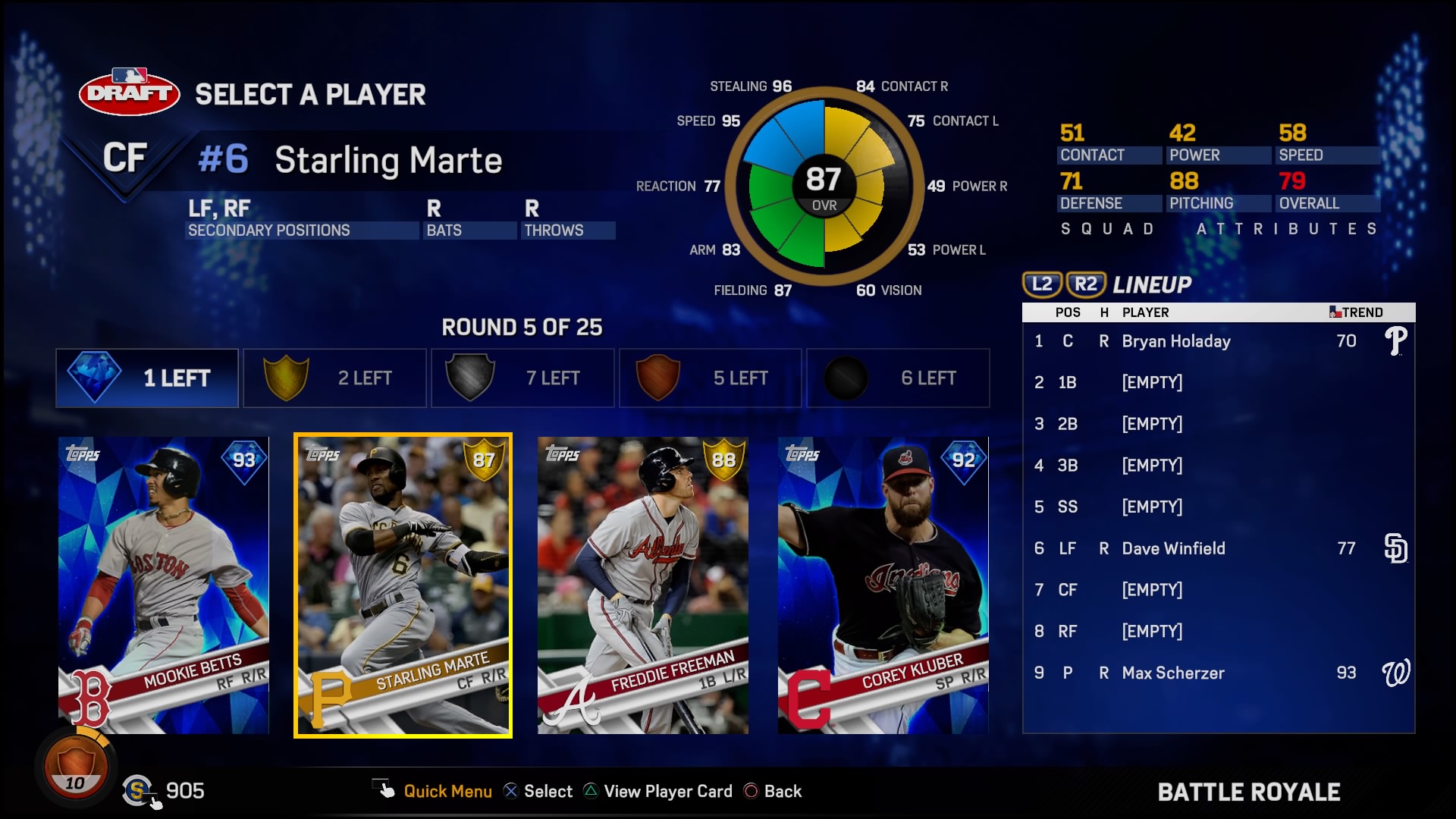
-
MLB(R) The Show(TM) 17
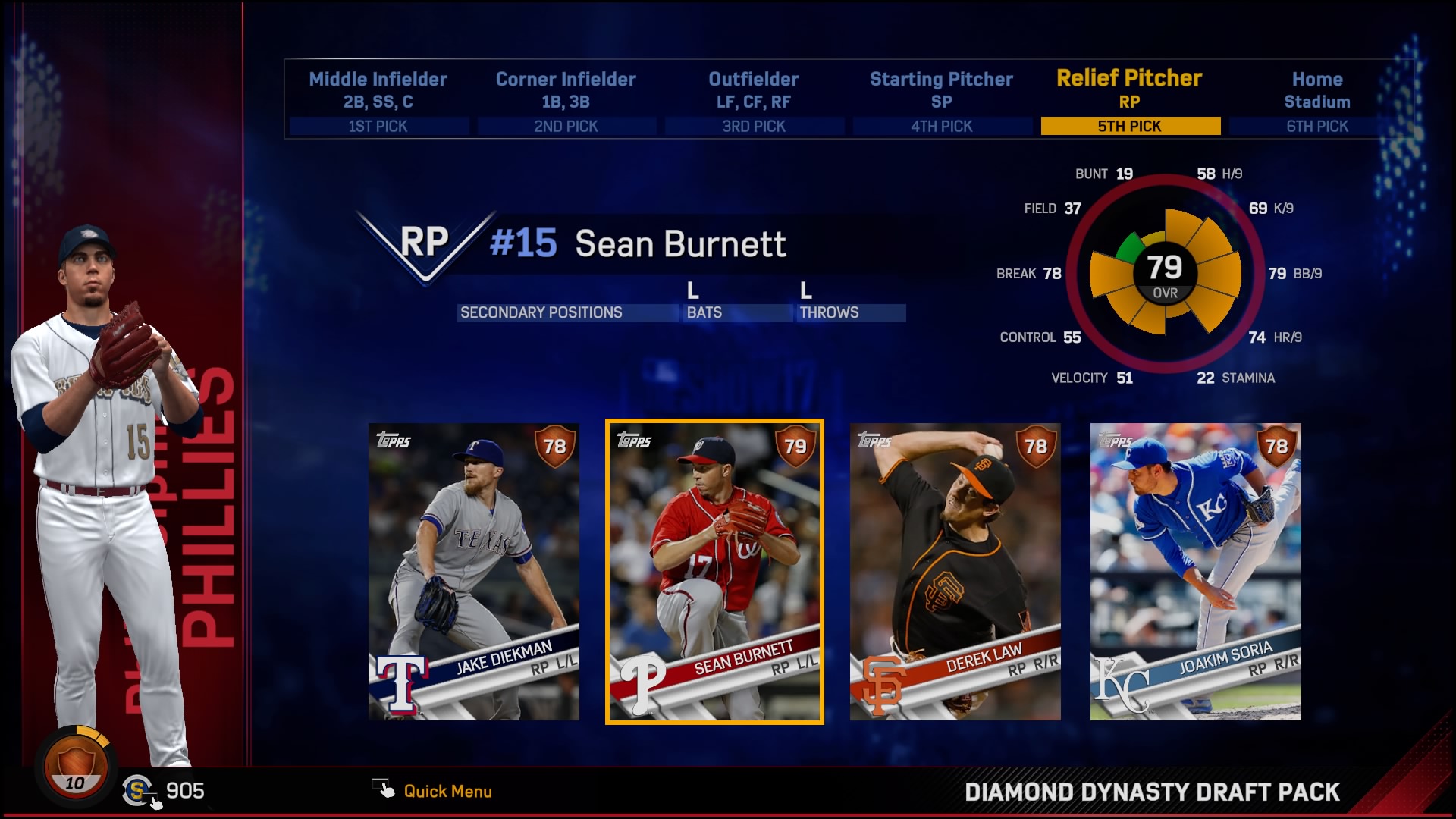
-
MLB(R) The Show(TM) 17
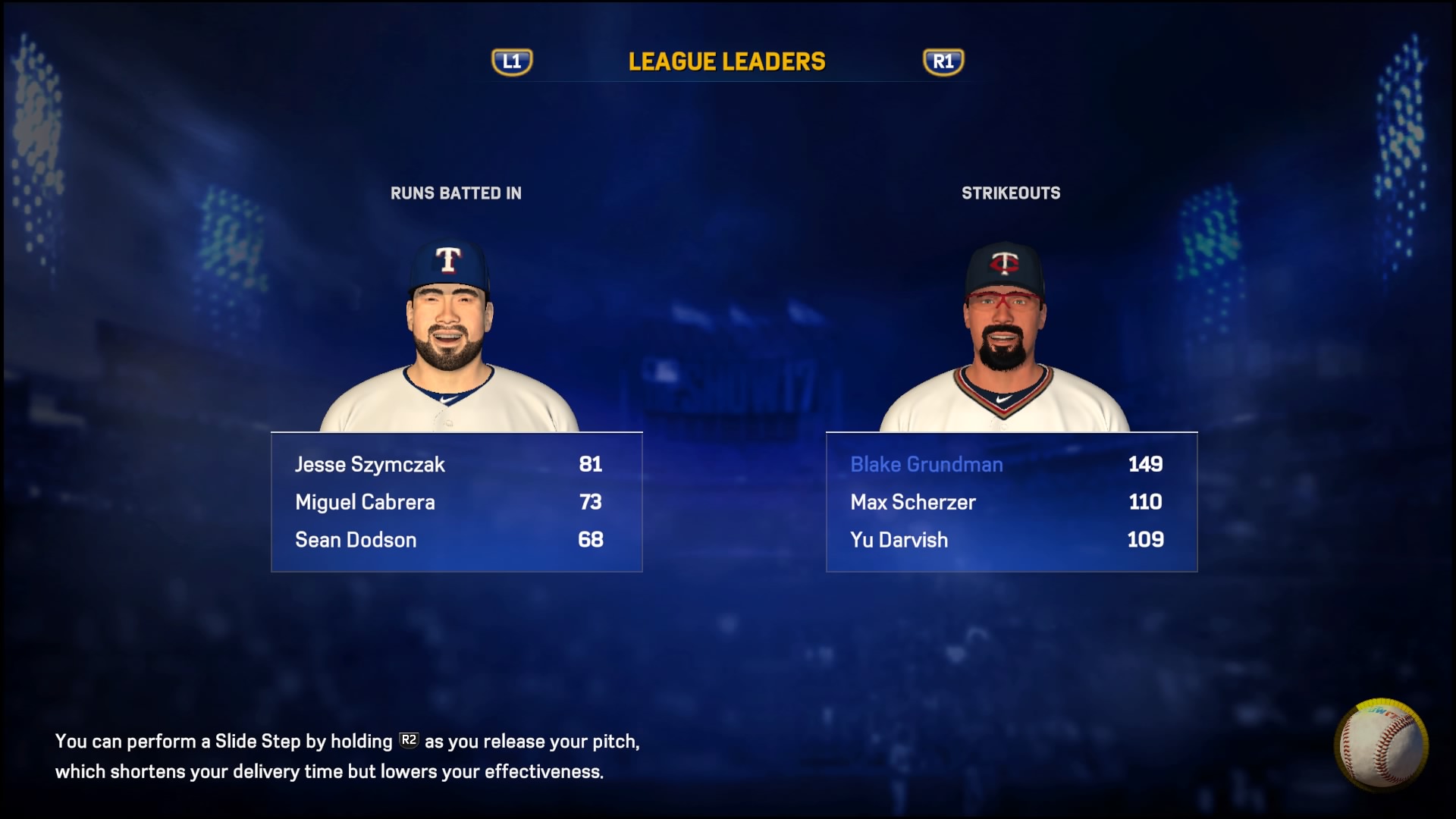
-
MLB(R) The Show(TM) 17
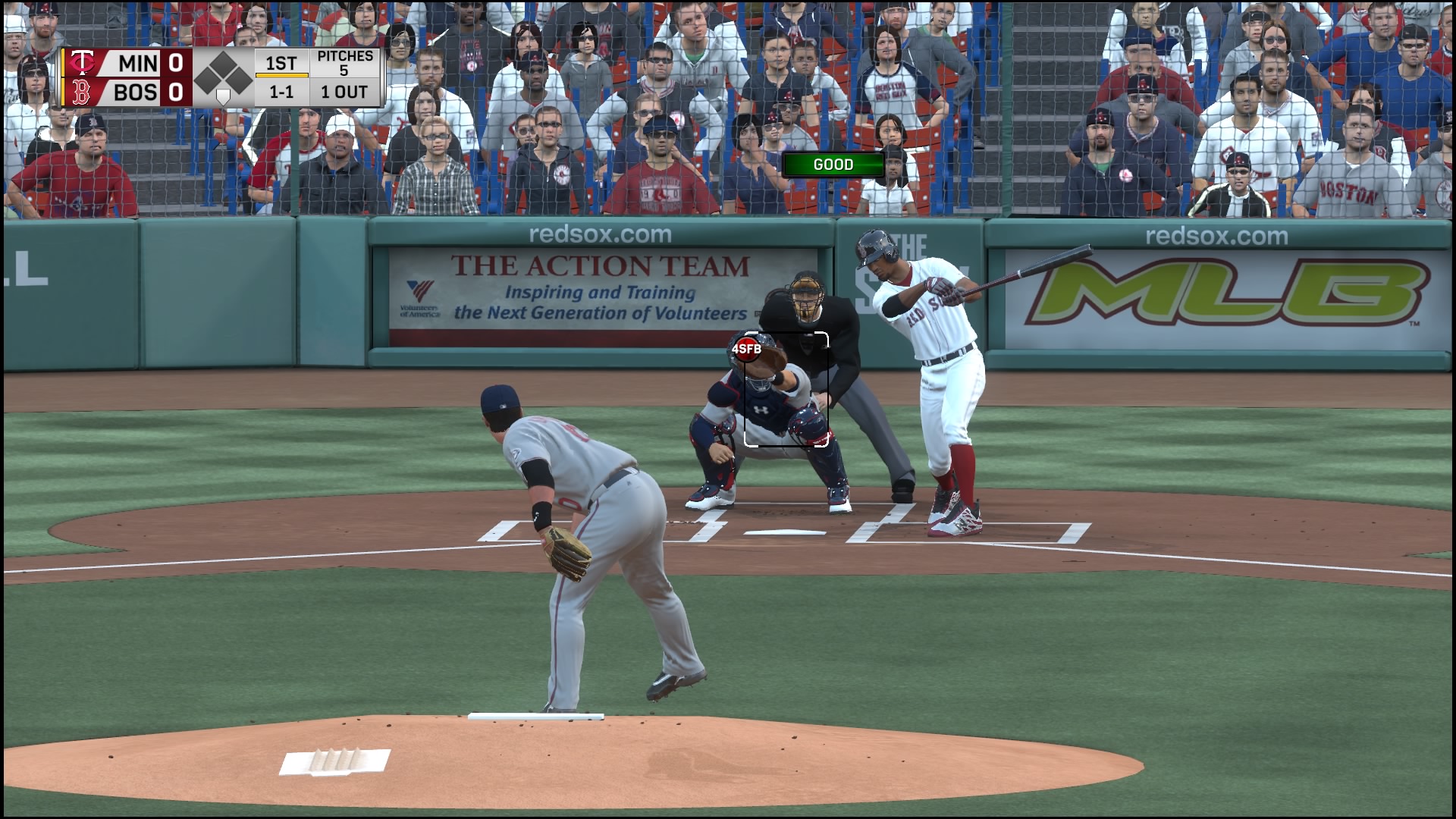
-
MLB(R) The Show(TM) 17
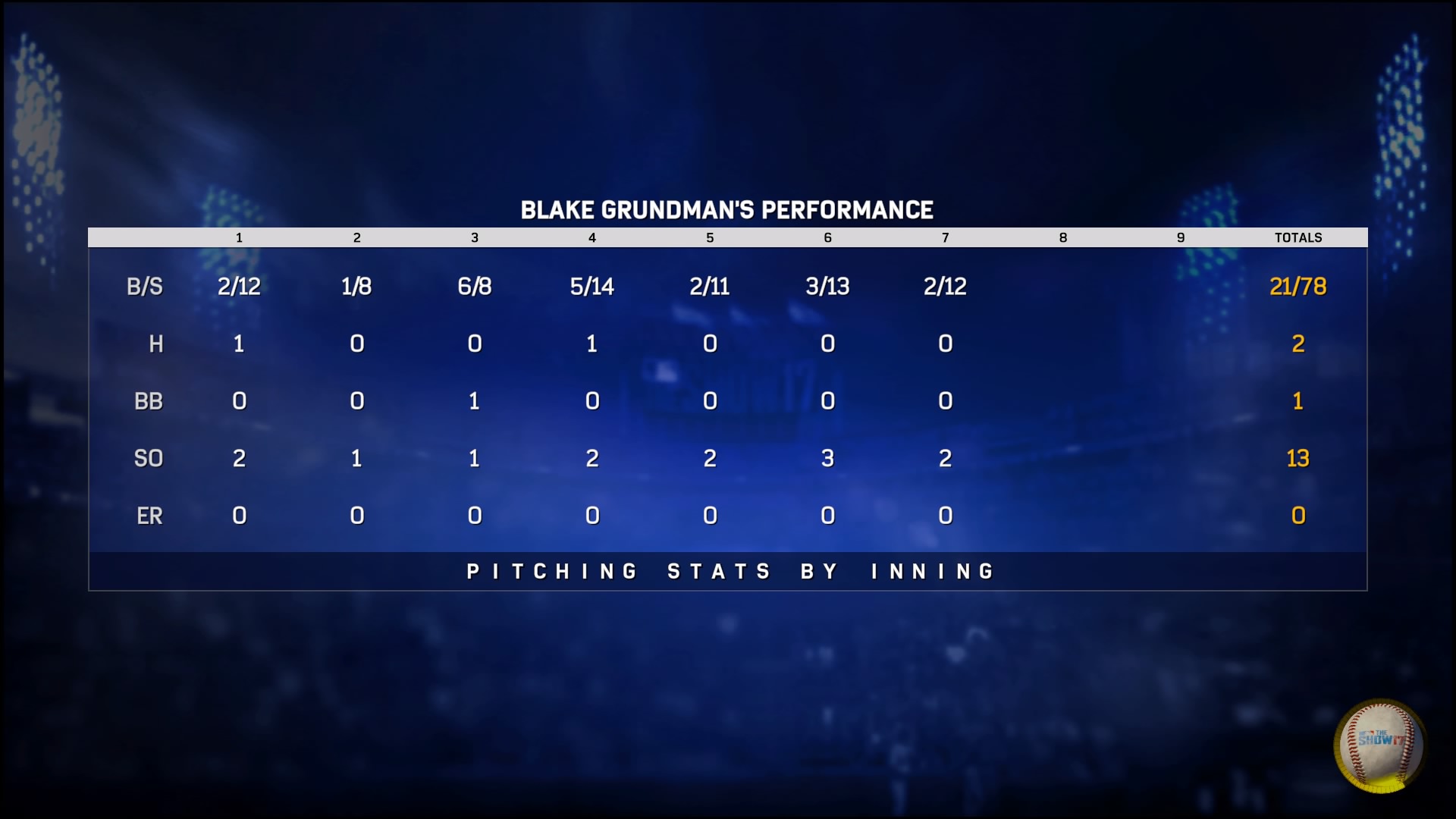
-
MLB(R) The Show(TM) 17
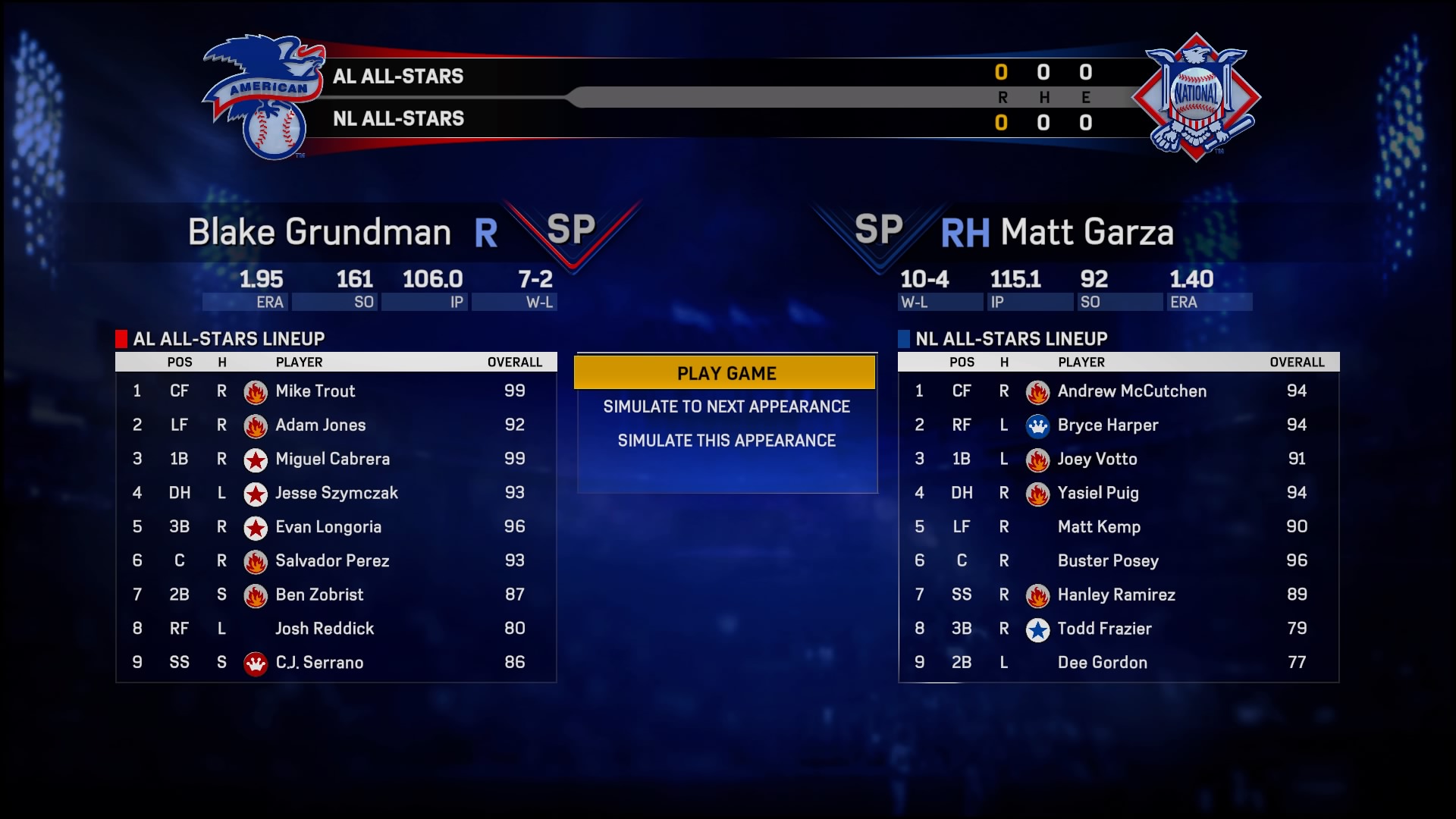
-
MLB(R) The Show(TM) 17
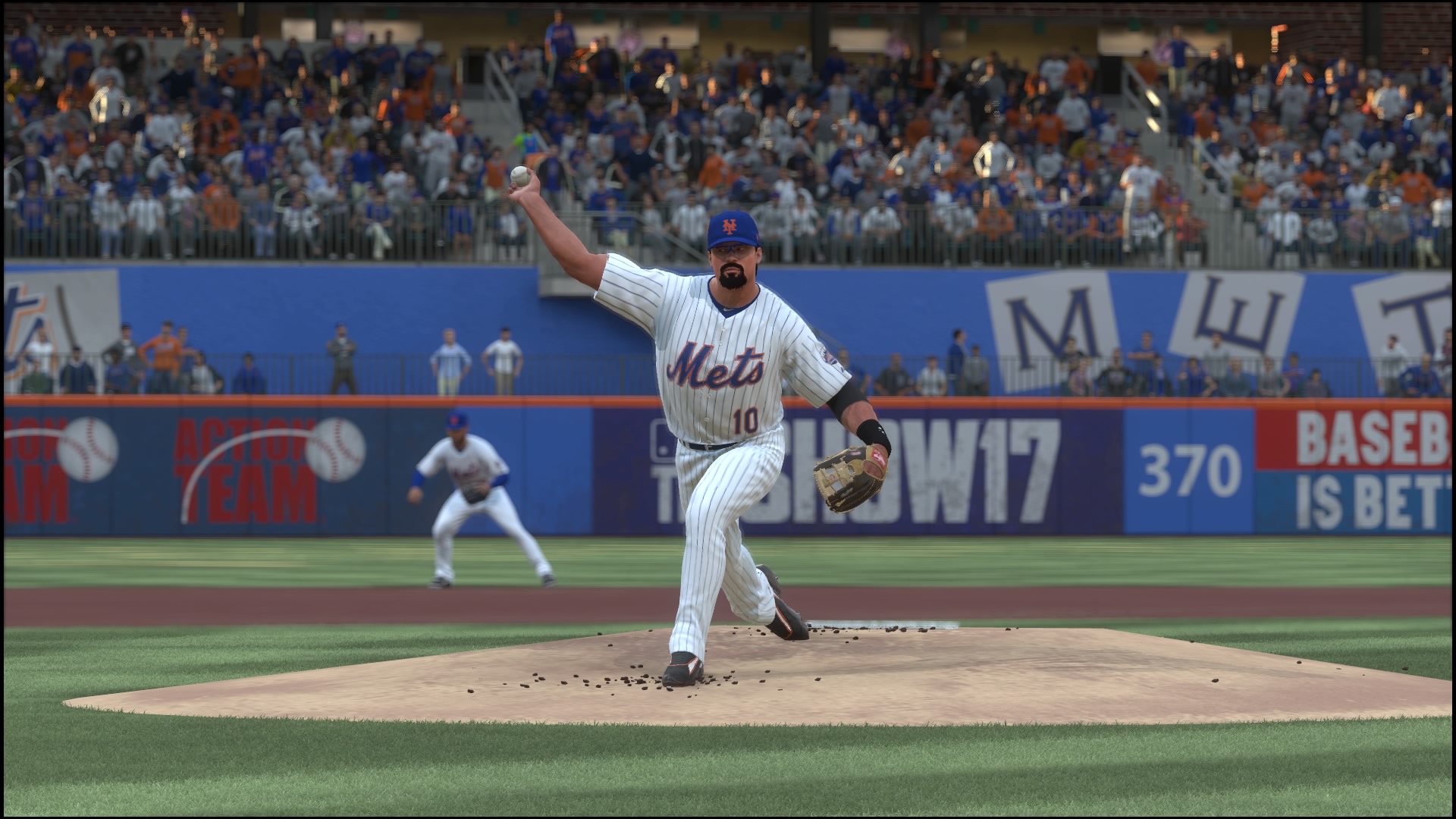
-
MLB(R) The Show(TM) 17
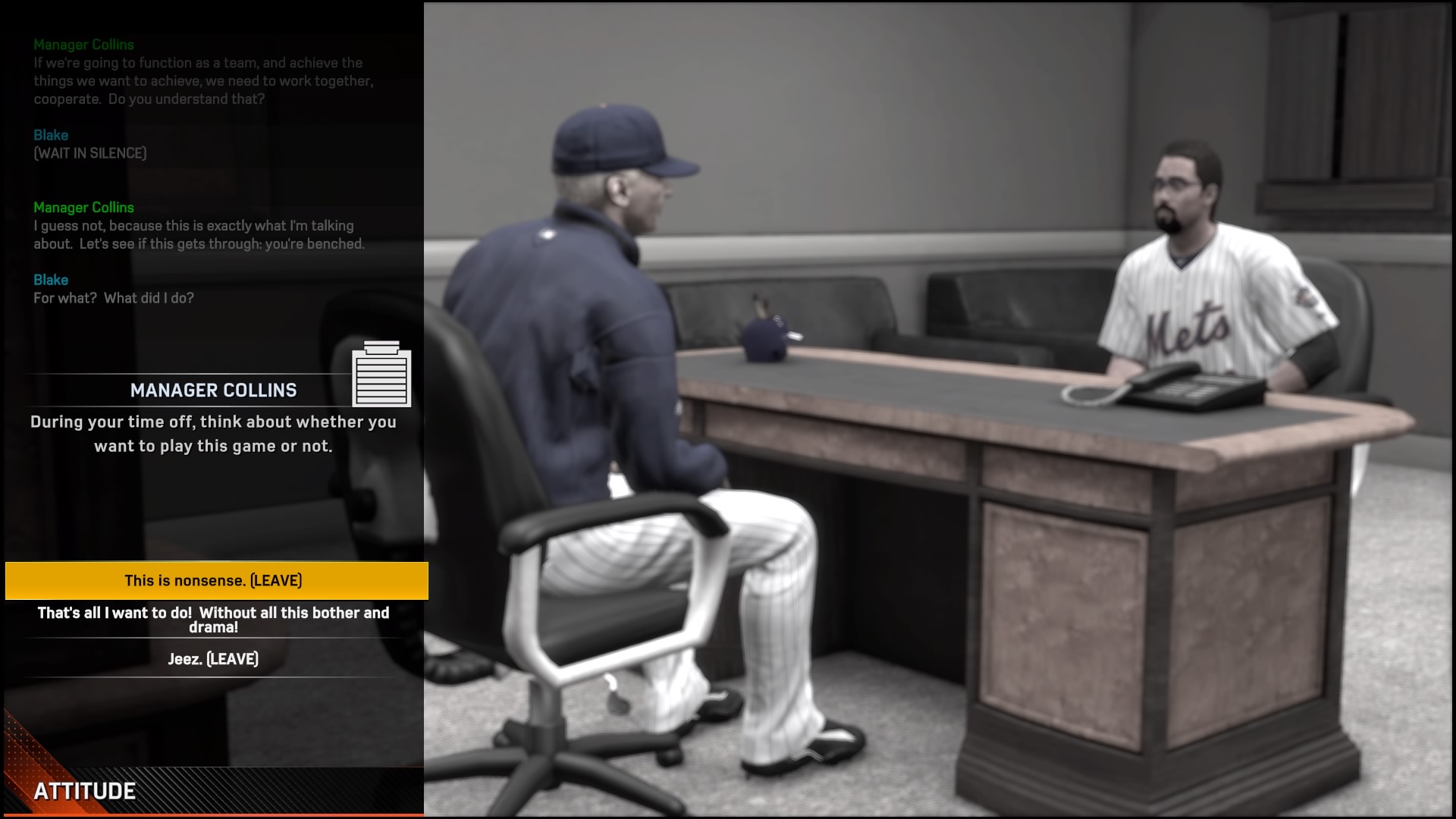
-
MLB(R) The Show(TM) 17
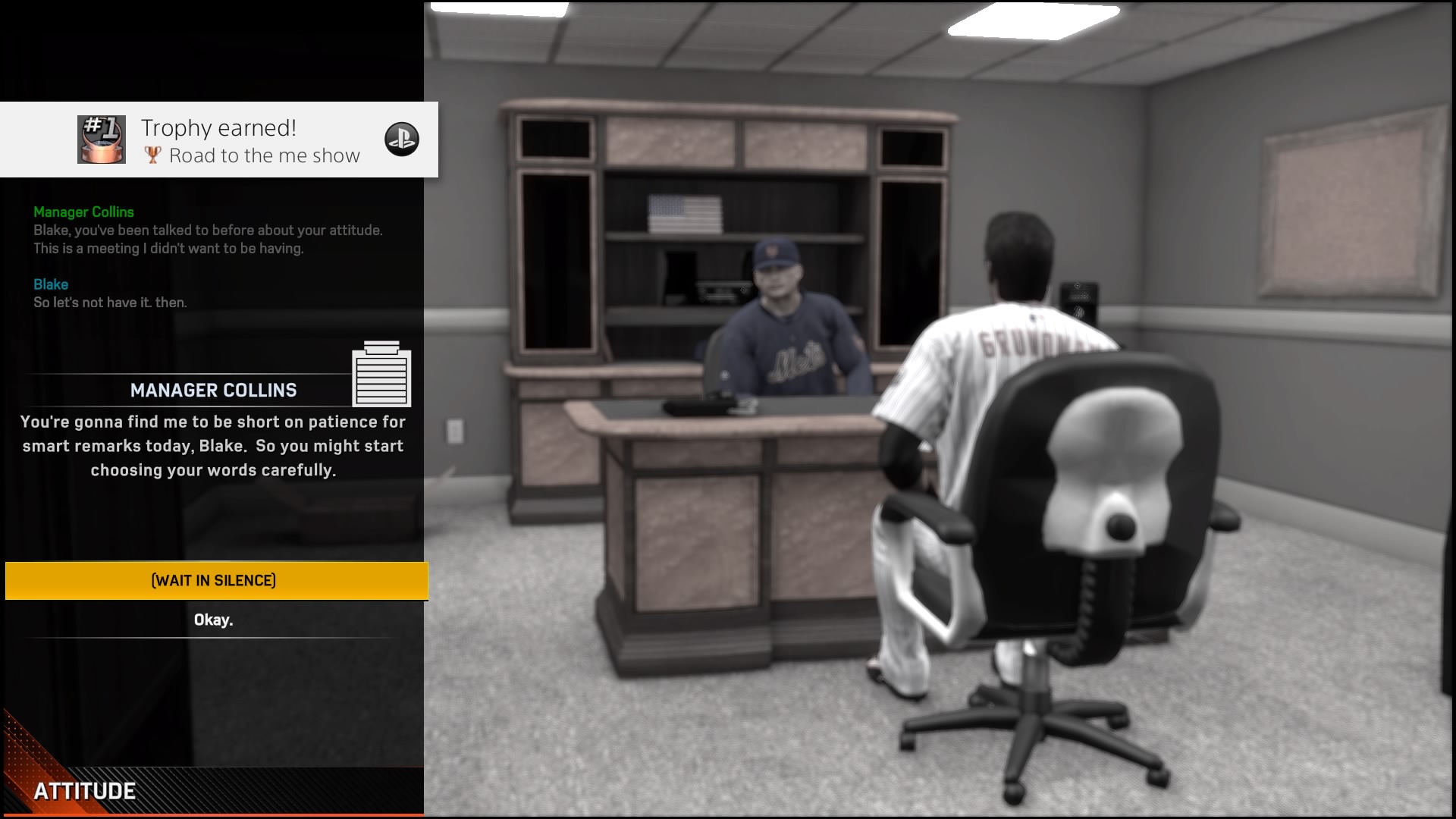
-
MLB(R) The Show(TM) 17
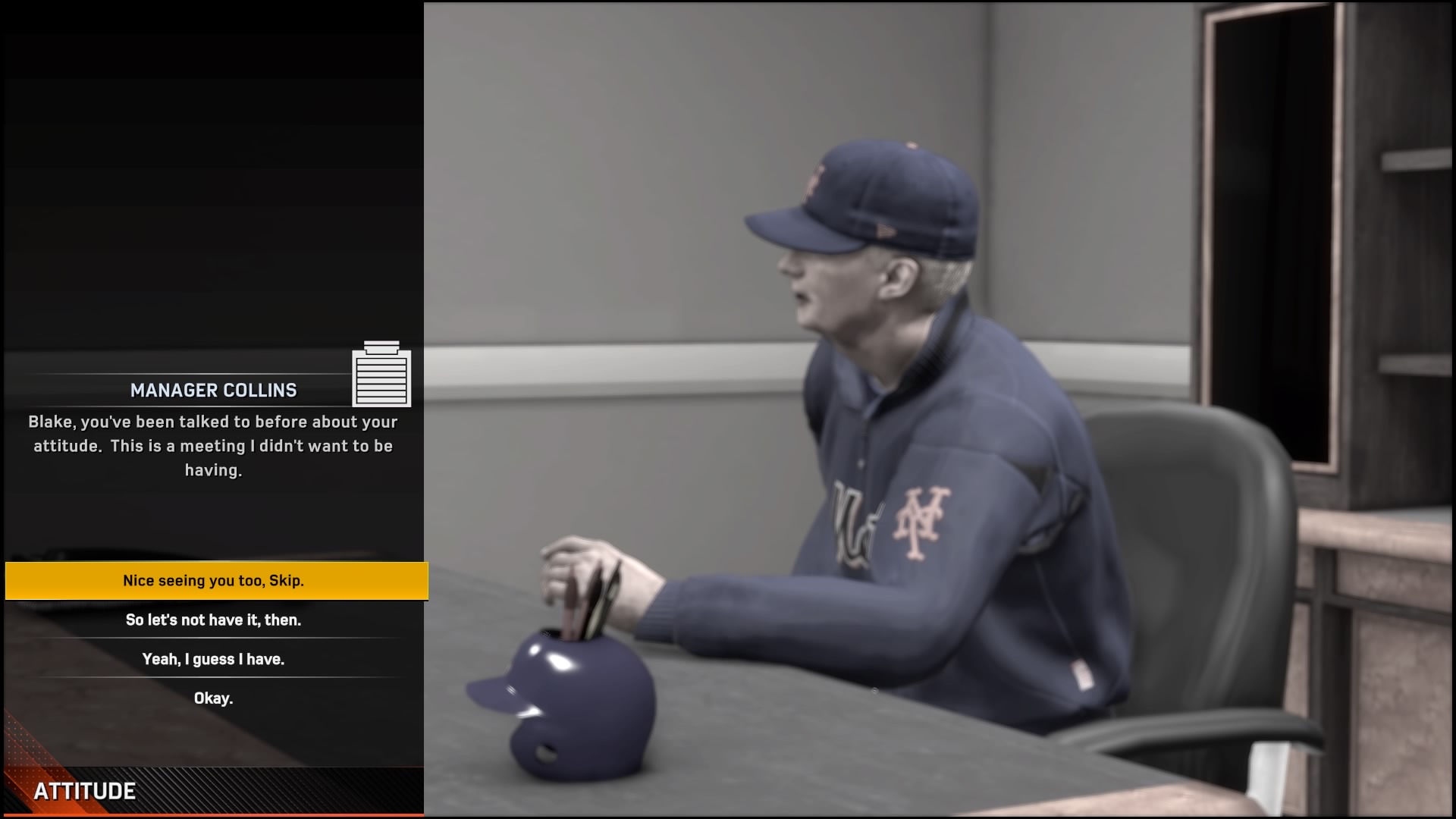
-
MLB(R) The Show(TM) 17
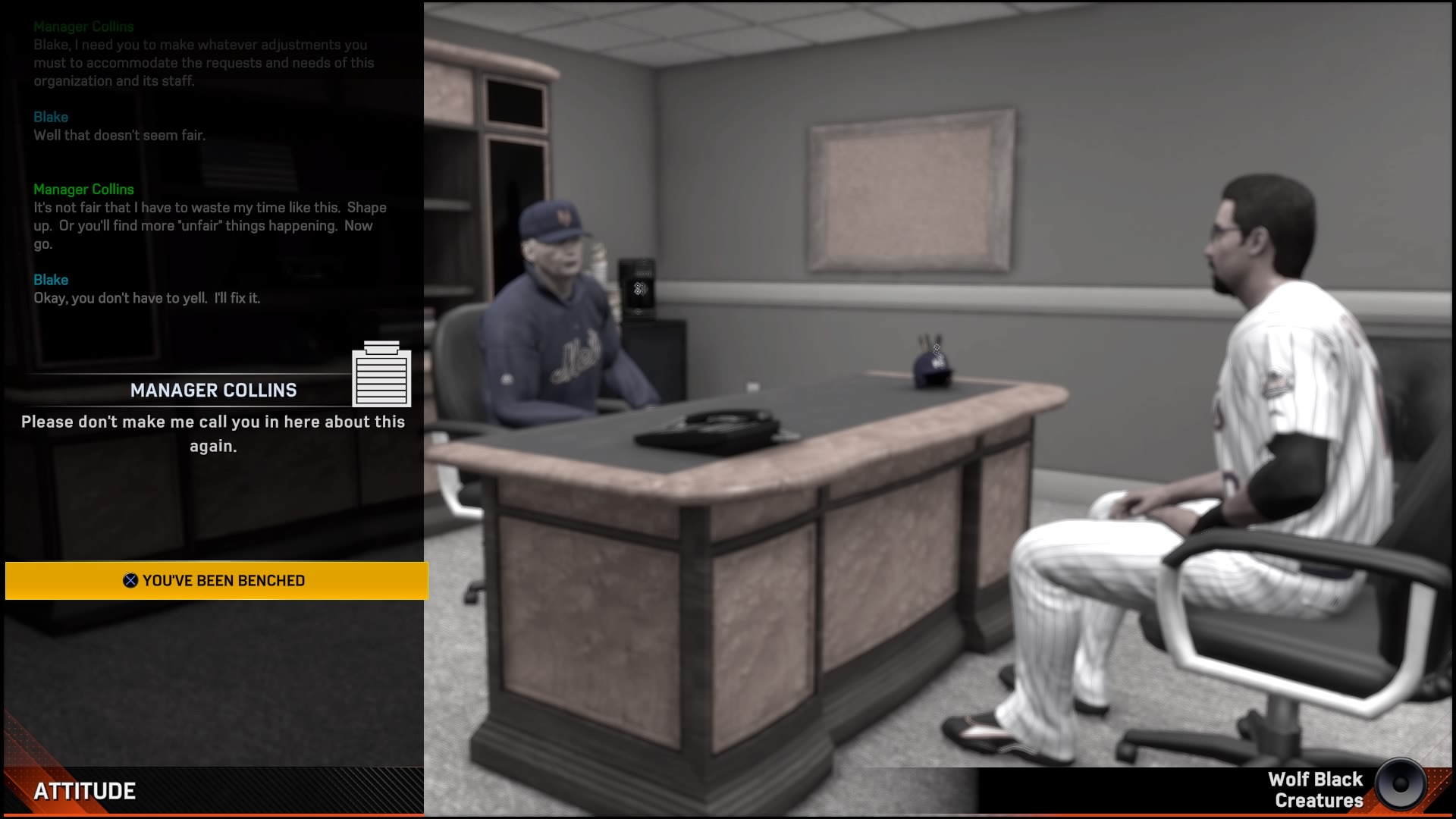
-
MLB(R) The Show(TM) 17
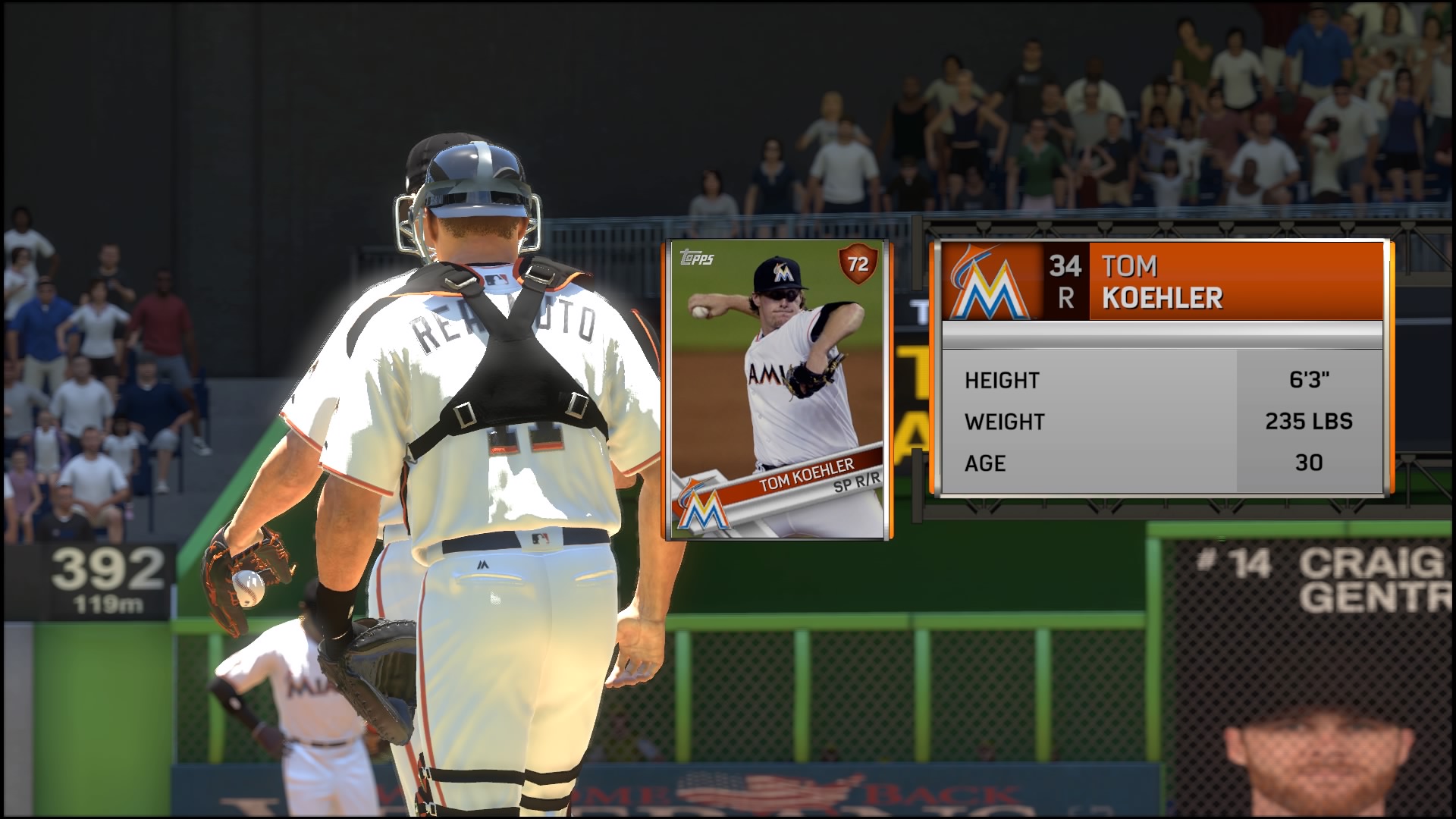
-
MLB(R) The Show(TM) 17
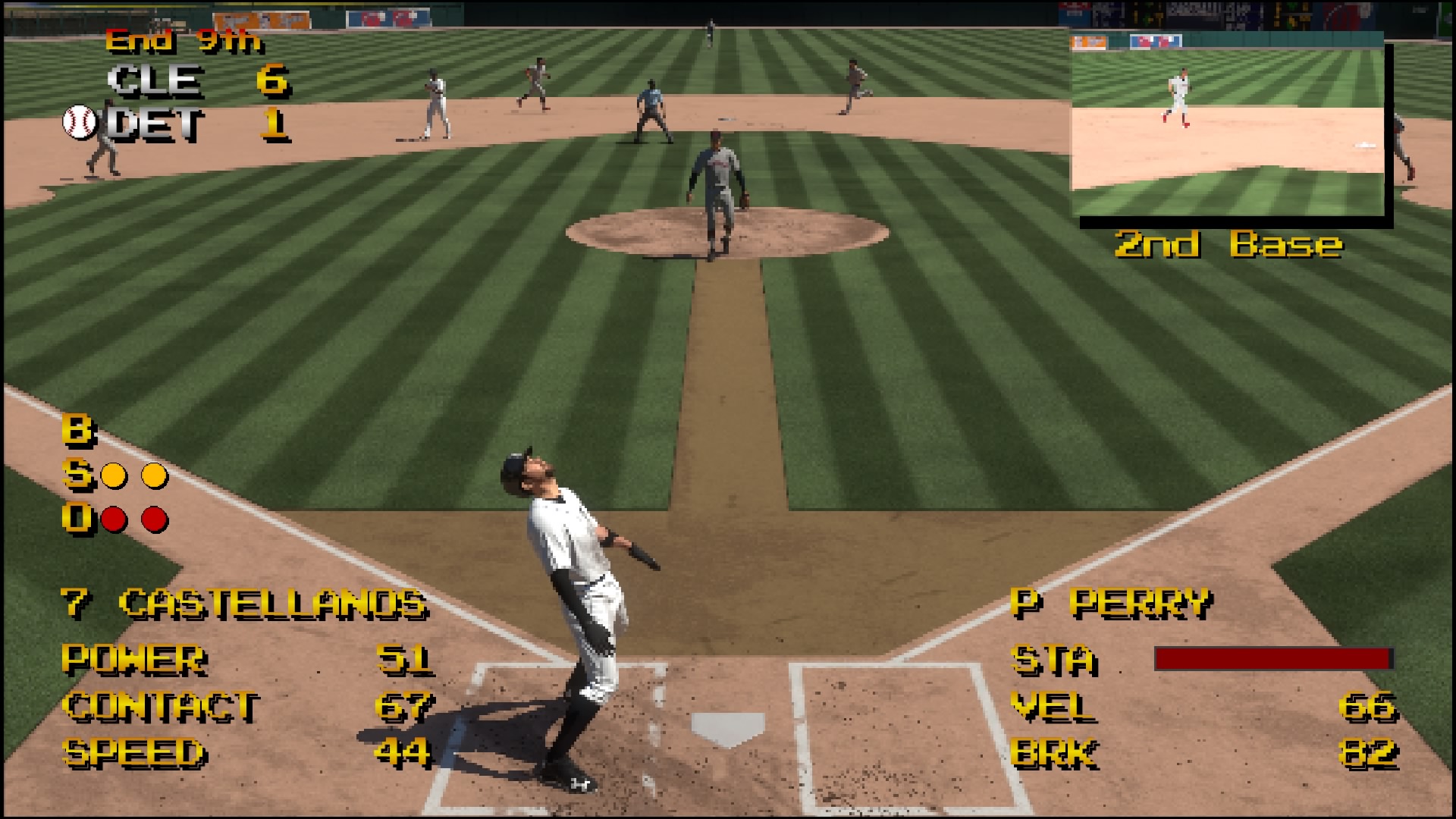
-
MLB(R) The Show(TM) 17
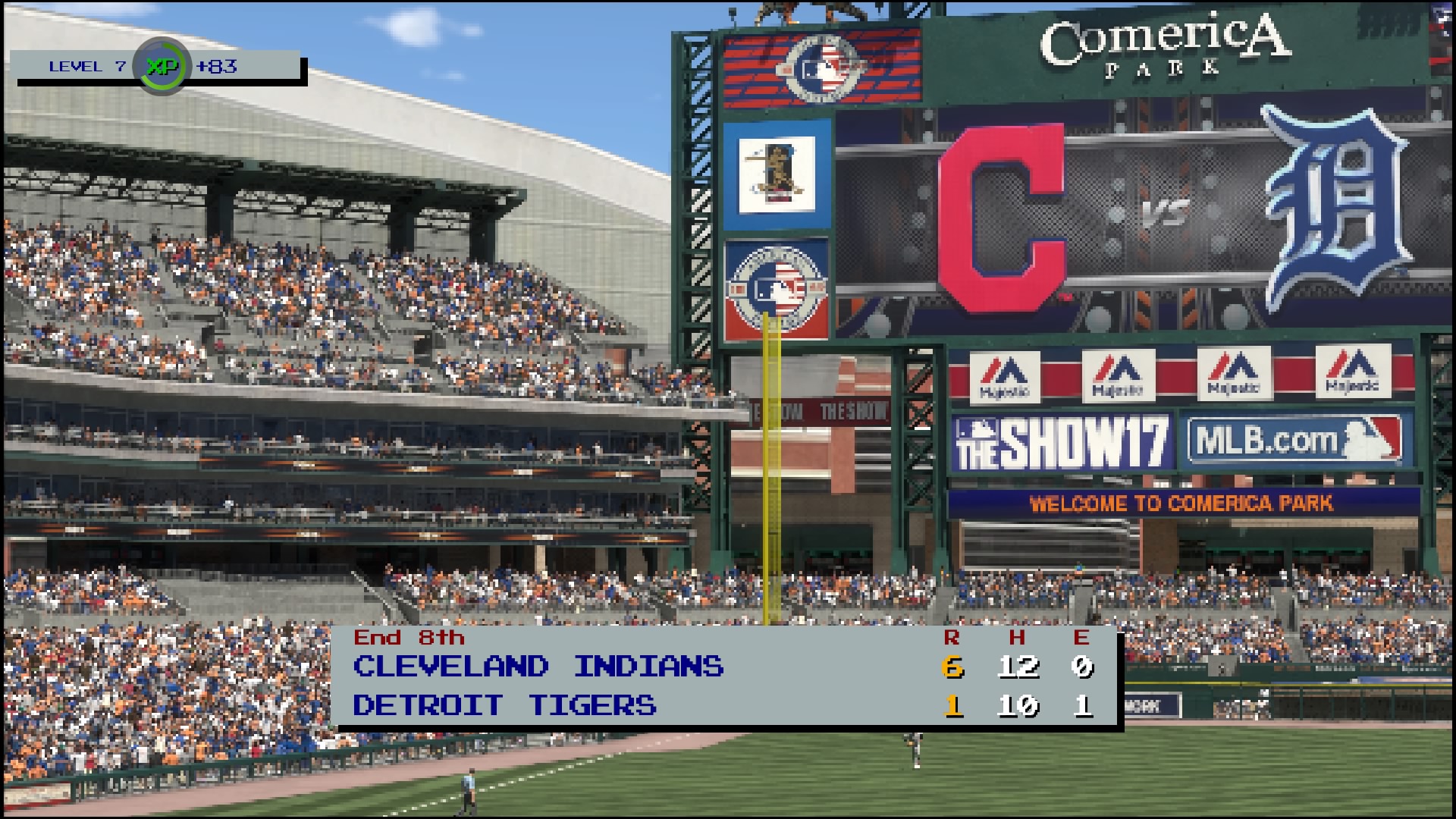
-
MLB(R) The Show(TM) 17
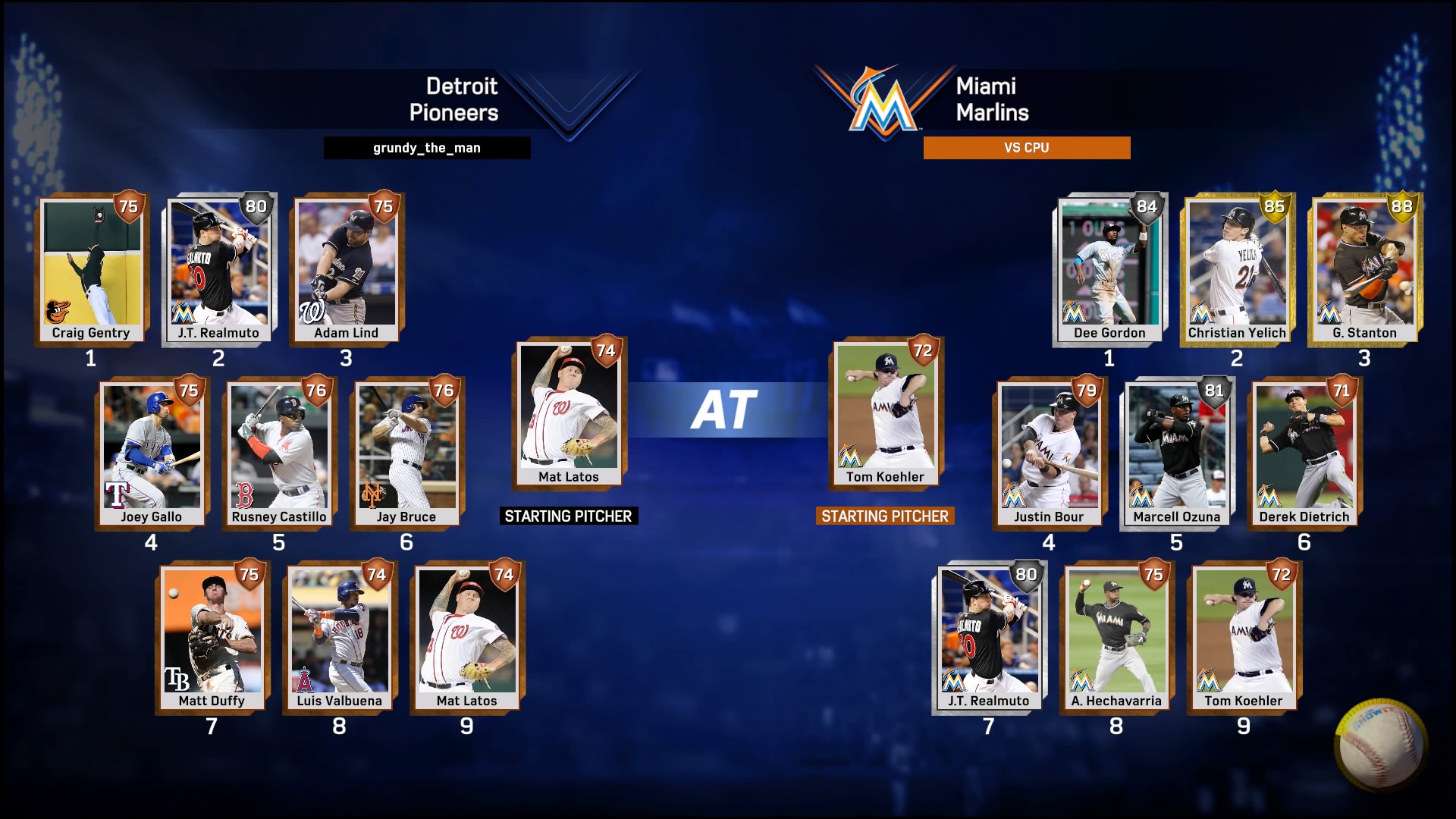
-
MLB(R) The Show(TM) 17
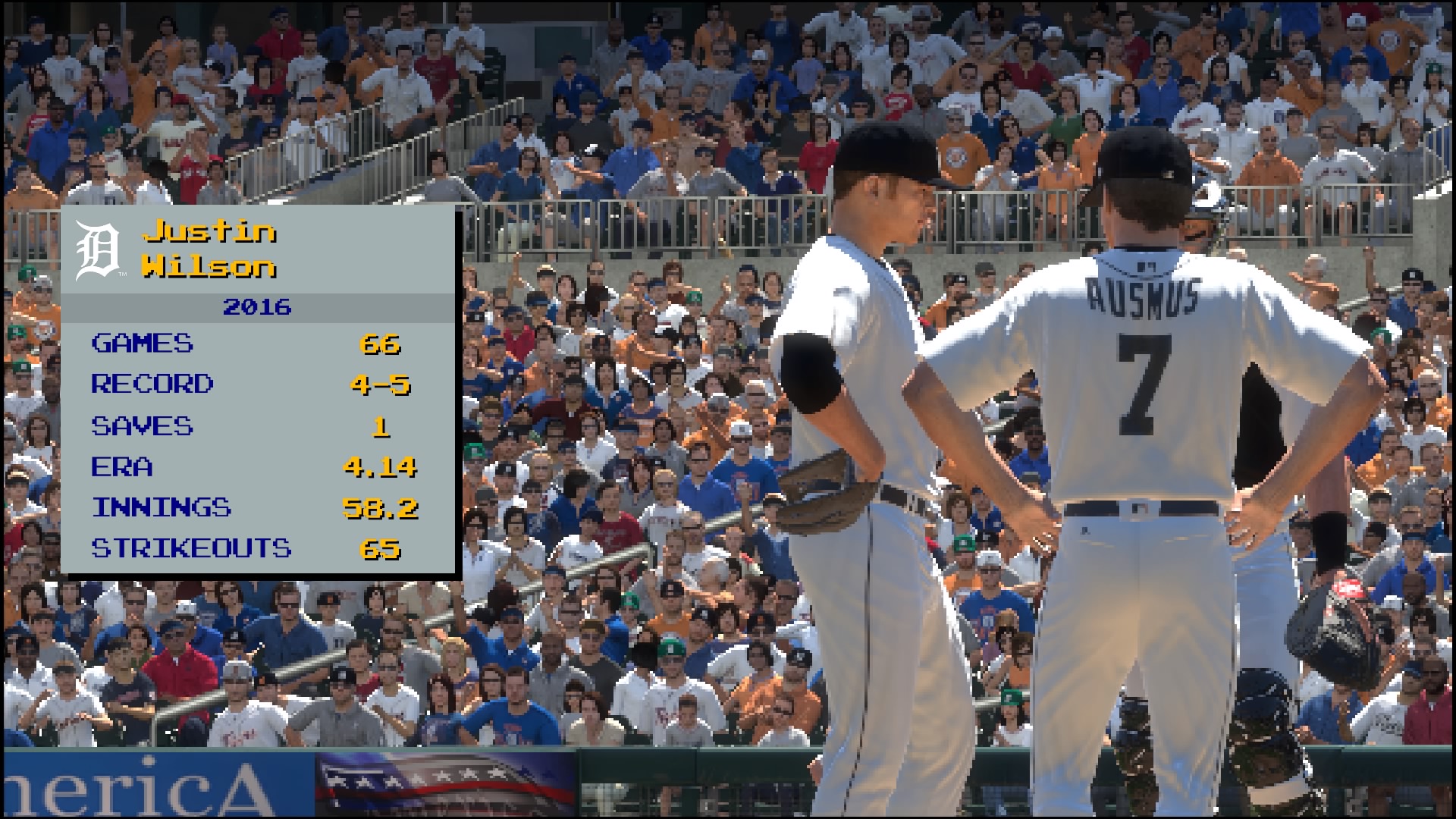
-
MLB(R) The Show(TM) 17
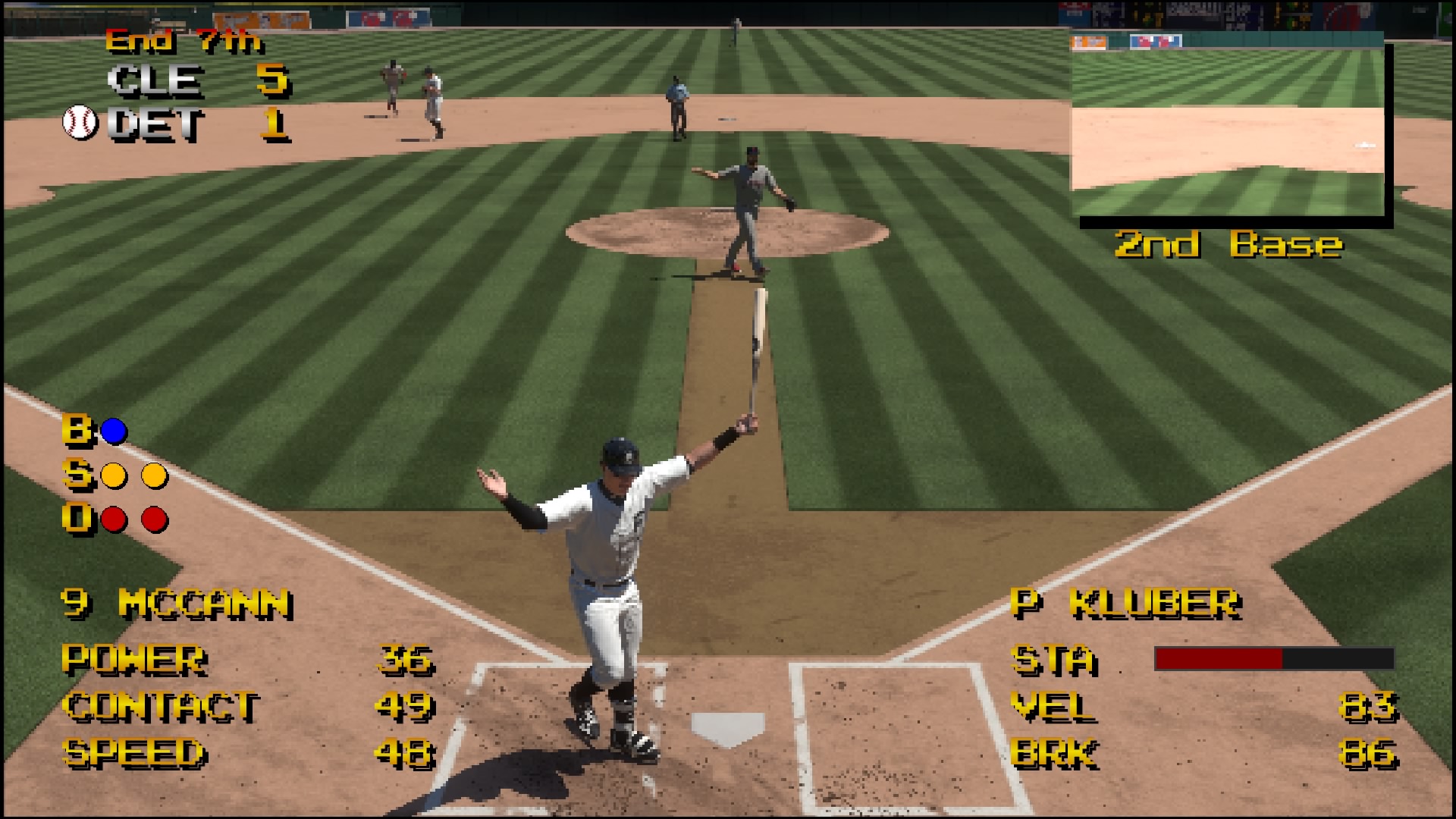
-
MLB(R) The Show(TM) 17
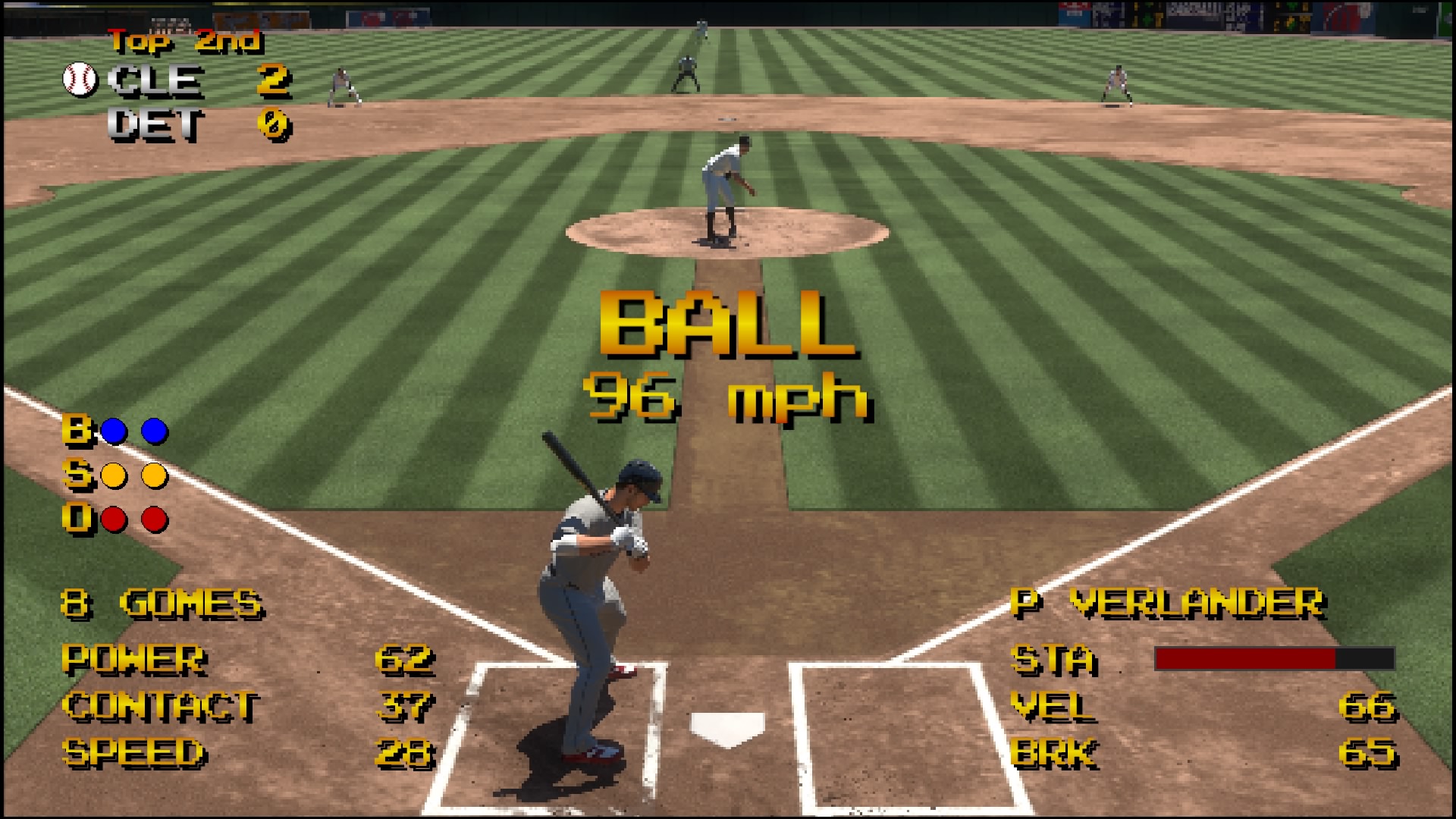
-
MLB(R) The Show(TM) 17
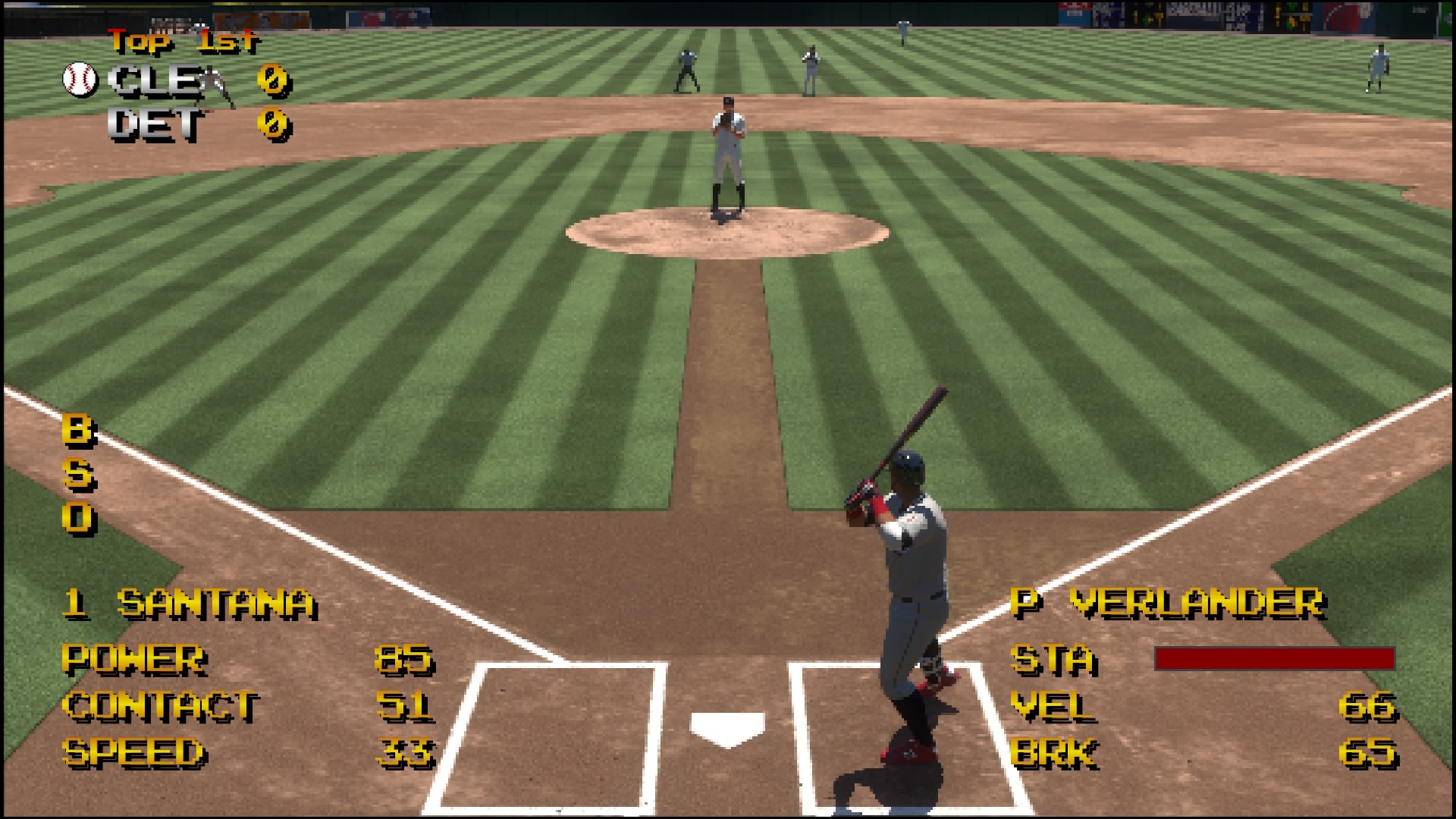
-
MLB(R) The Show(TM) 17
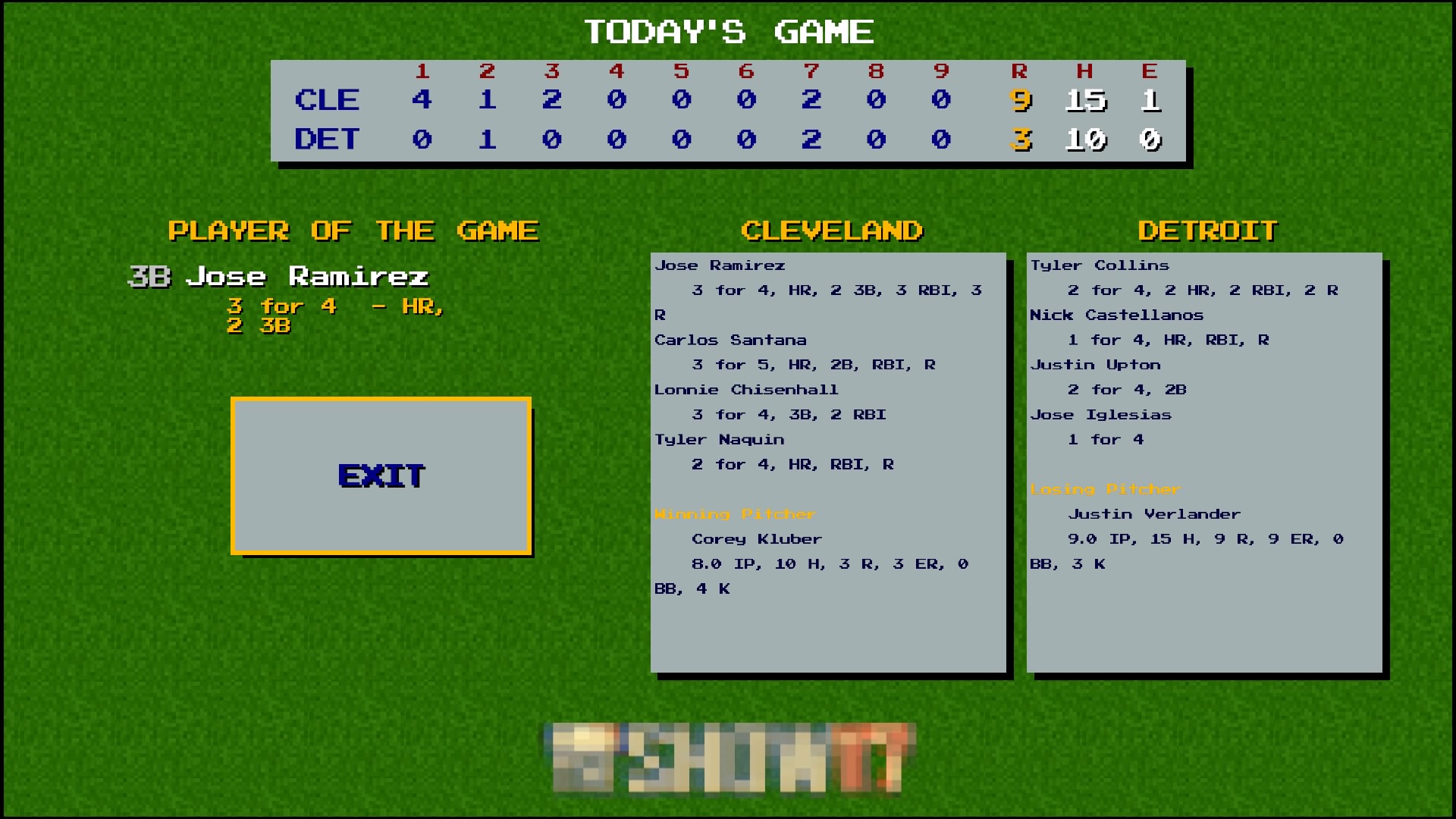
-
MLB(R) The Show(TM) 17
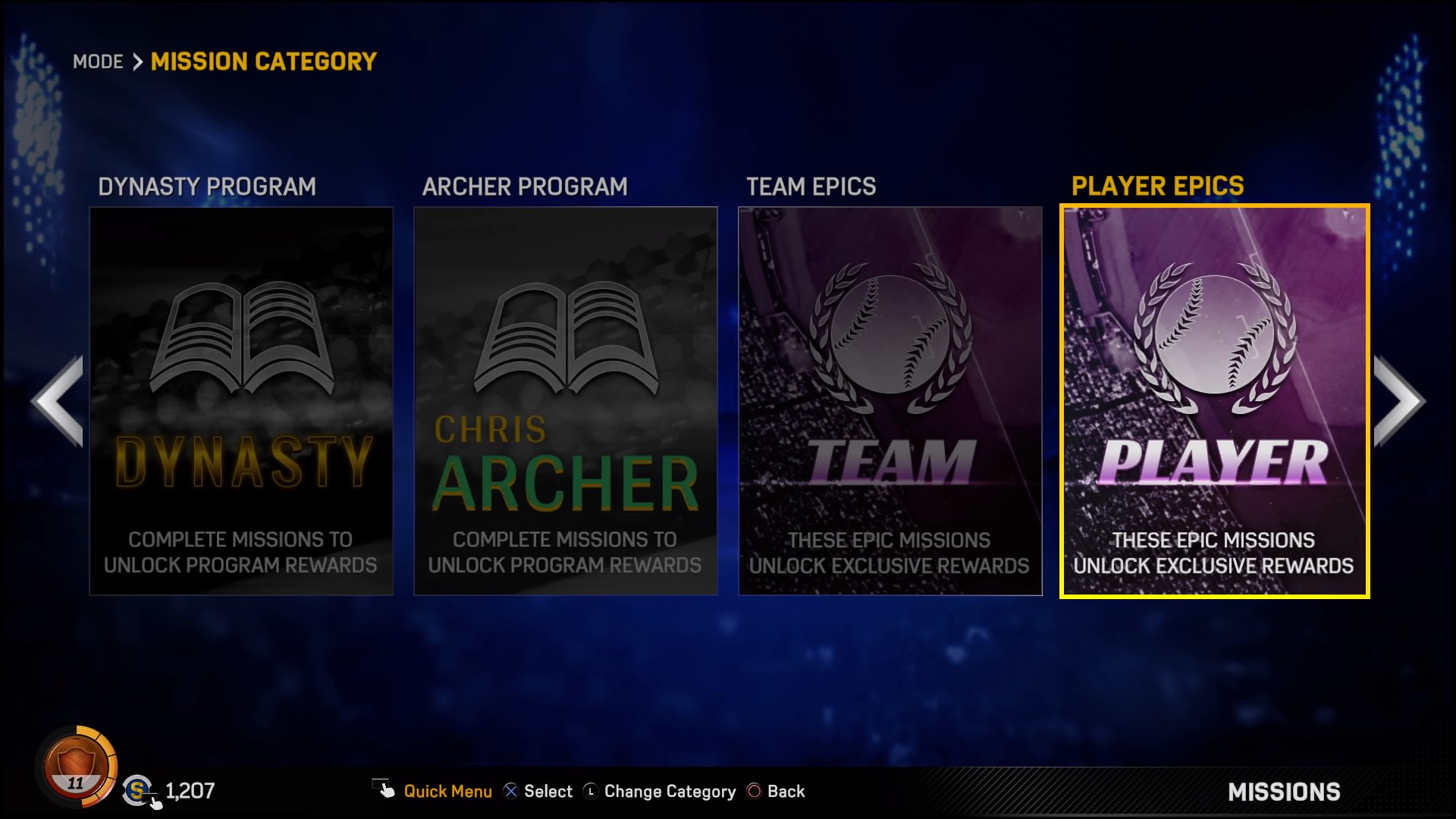
-
MLB(R) The Show(TM) 17
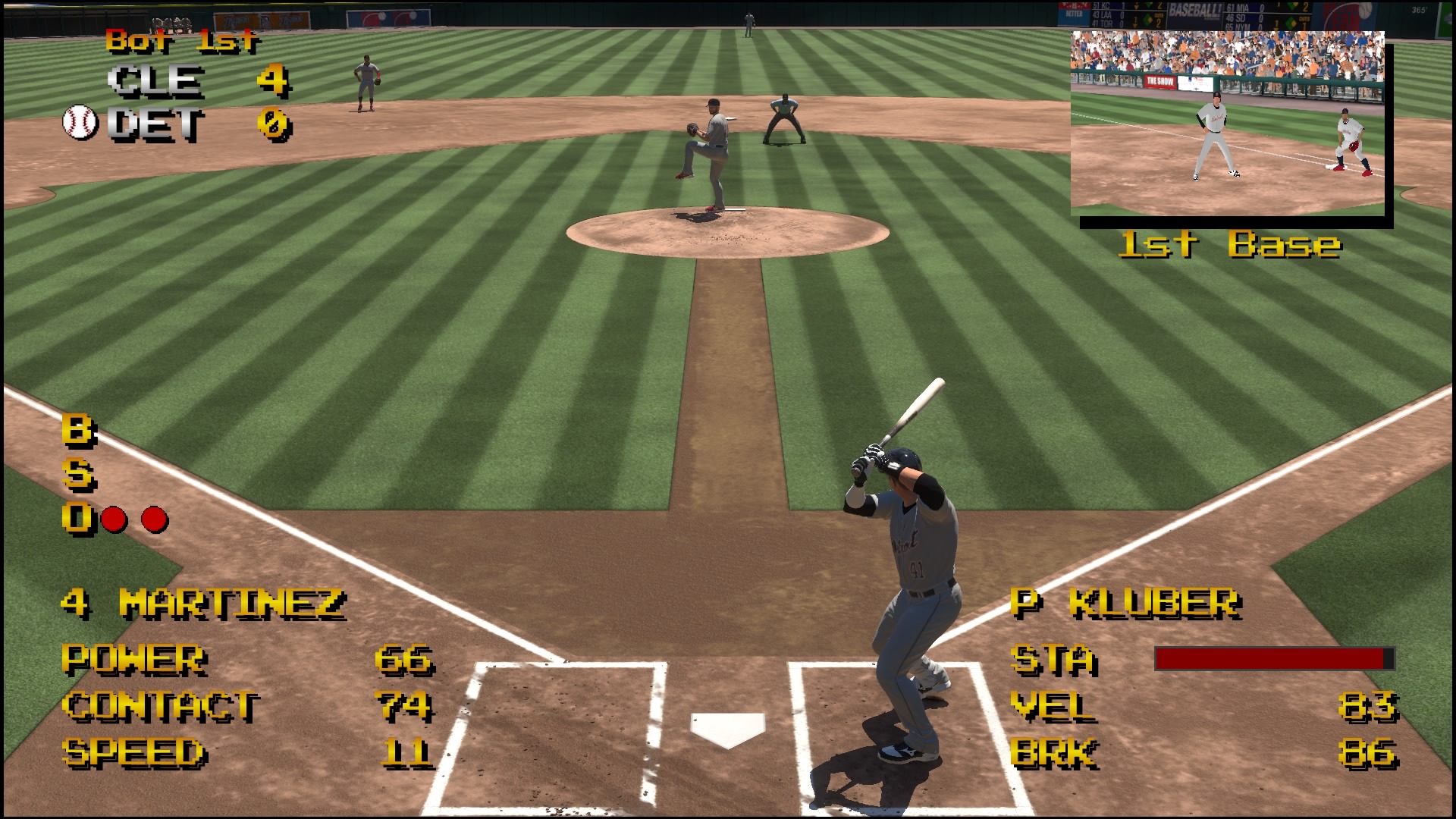
-
MLB(R) The Show(TM) 17
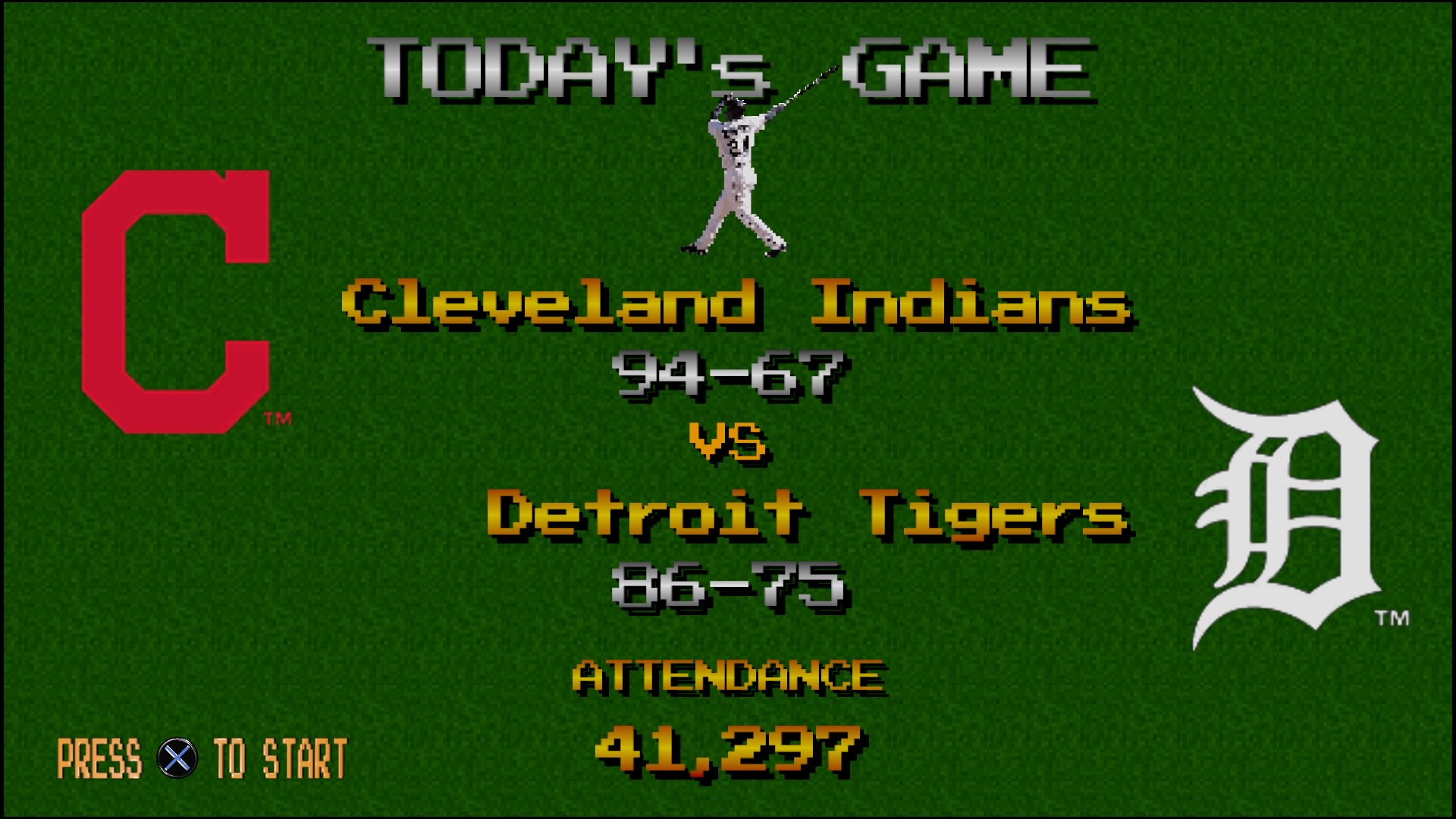
-
MLB(R) The Show(TM) 17
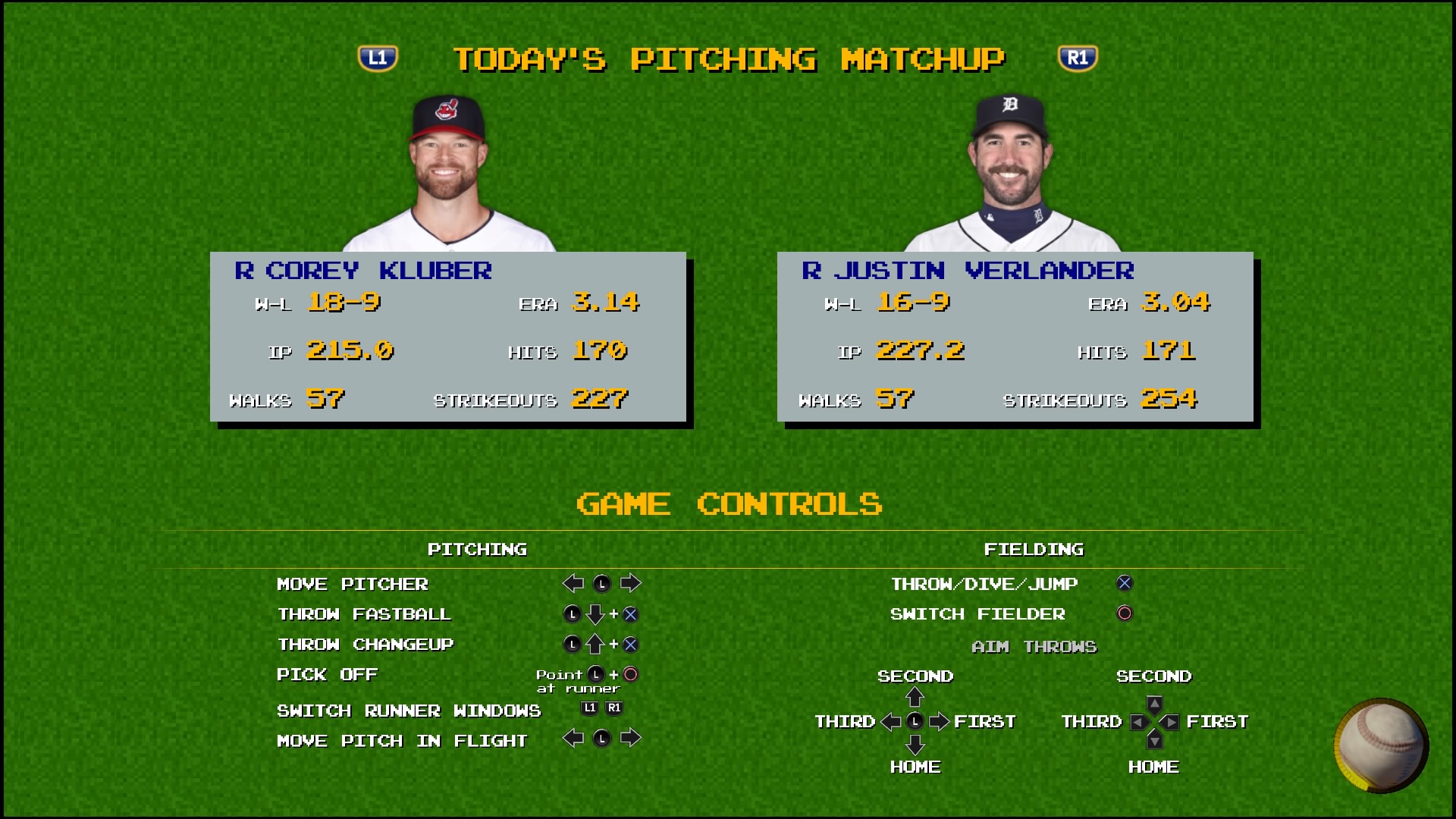
-
MLB(R) The Show(TM) 17
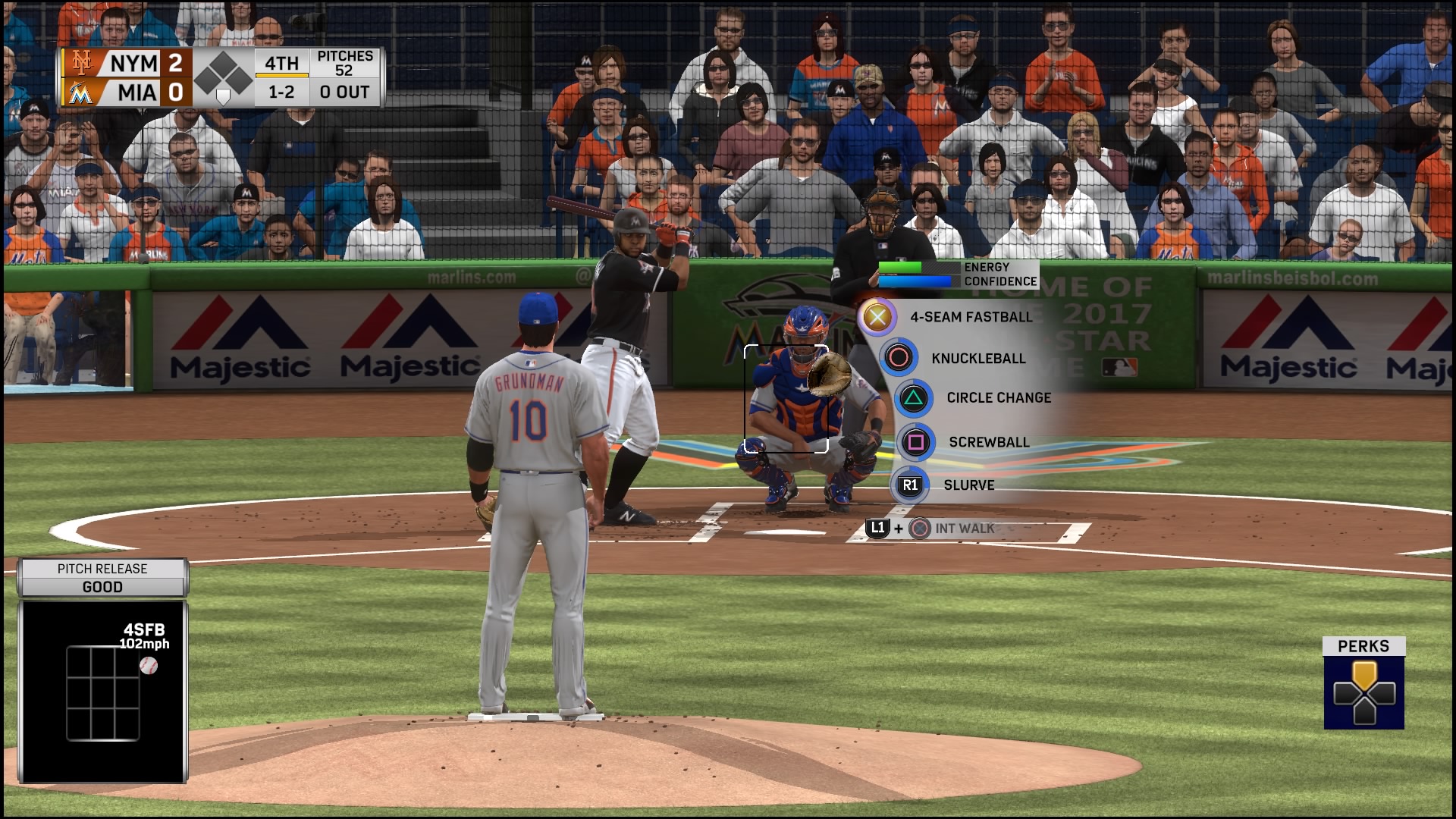
-
MLB(R) The Show(TM) 17
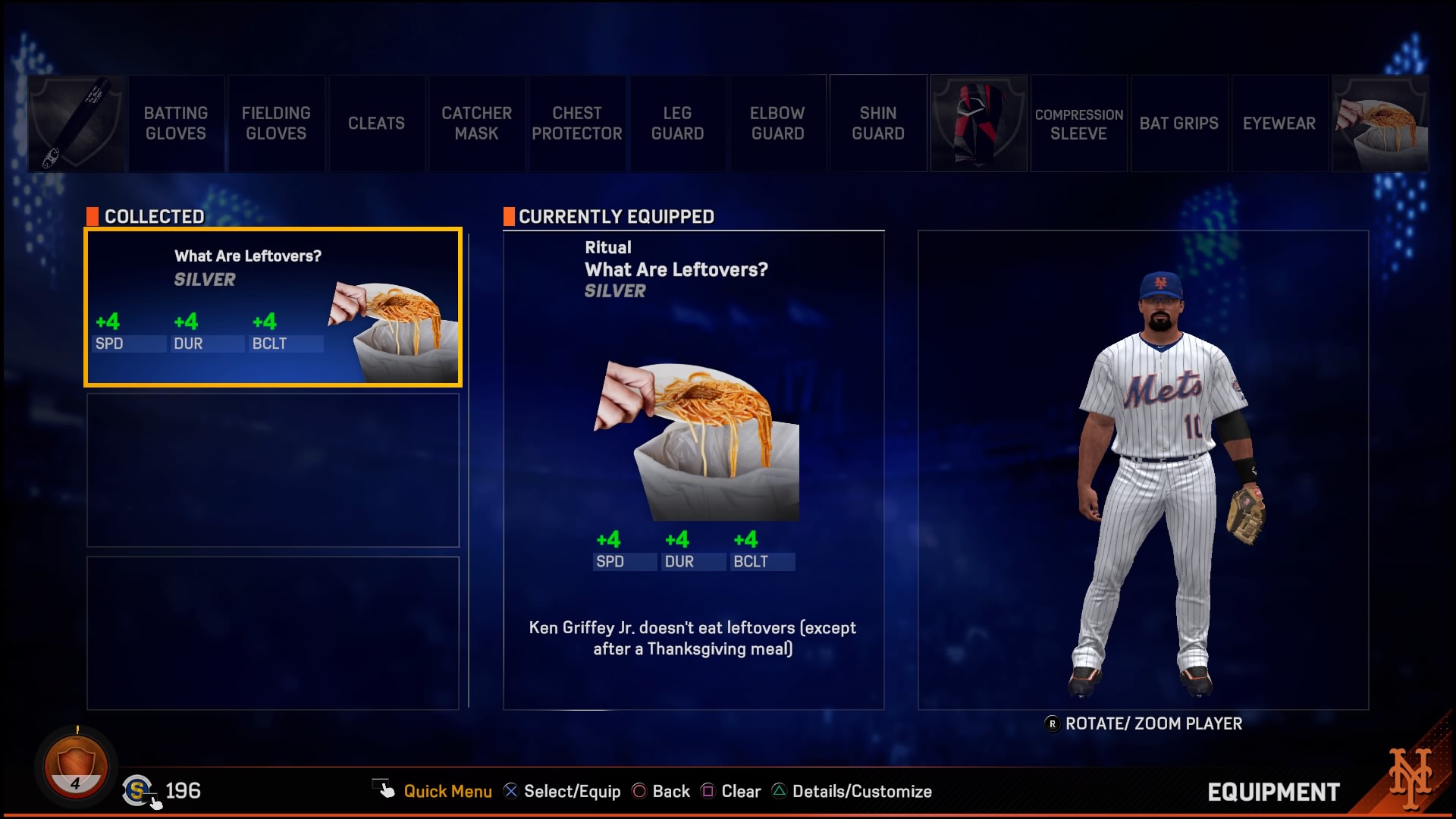
-
MLB(R) The Show(TM) 17
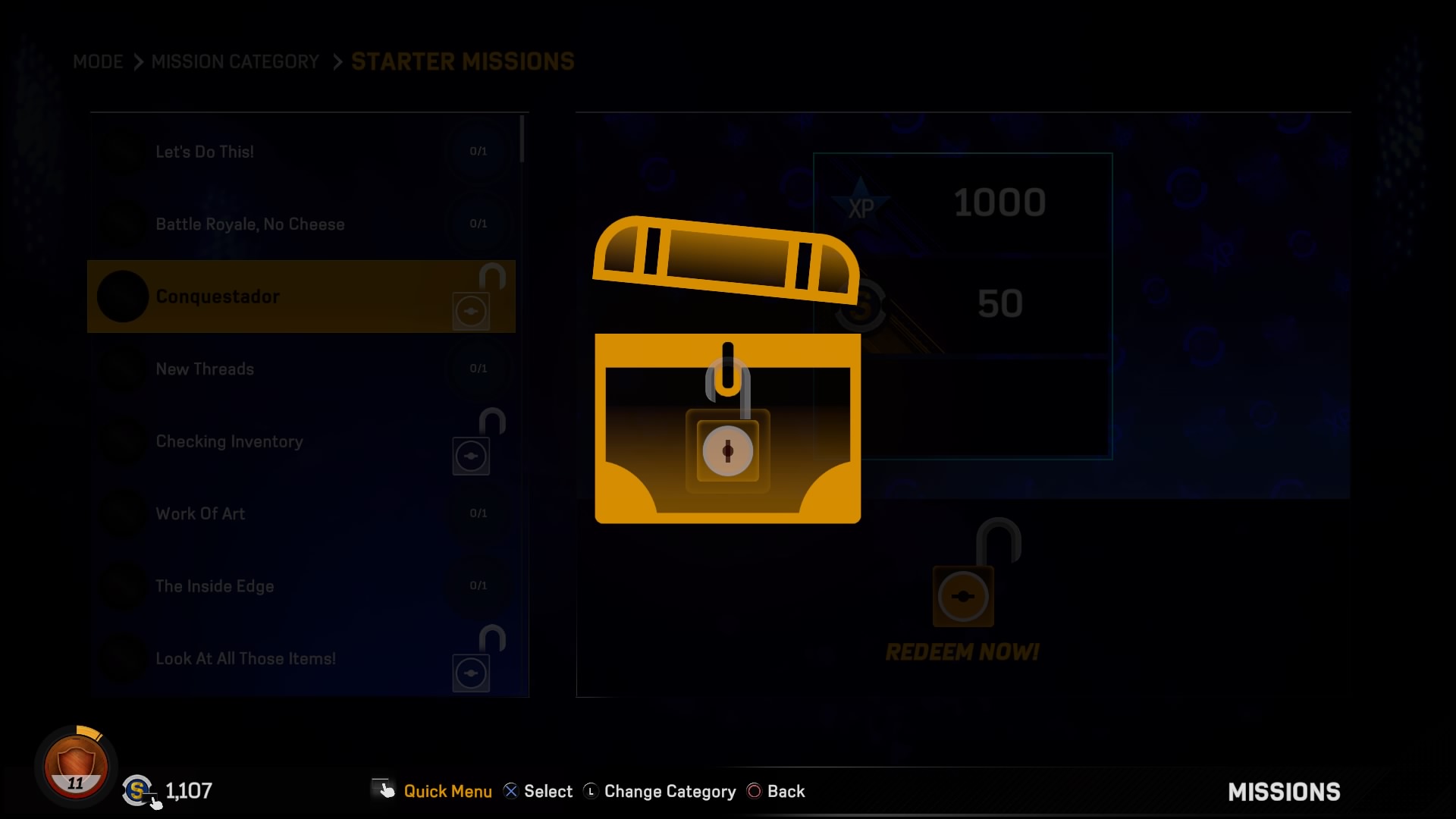
-
MLB(R) The Show(TM) 17
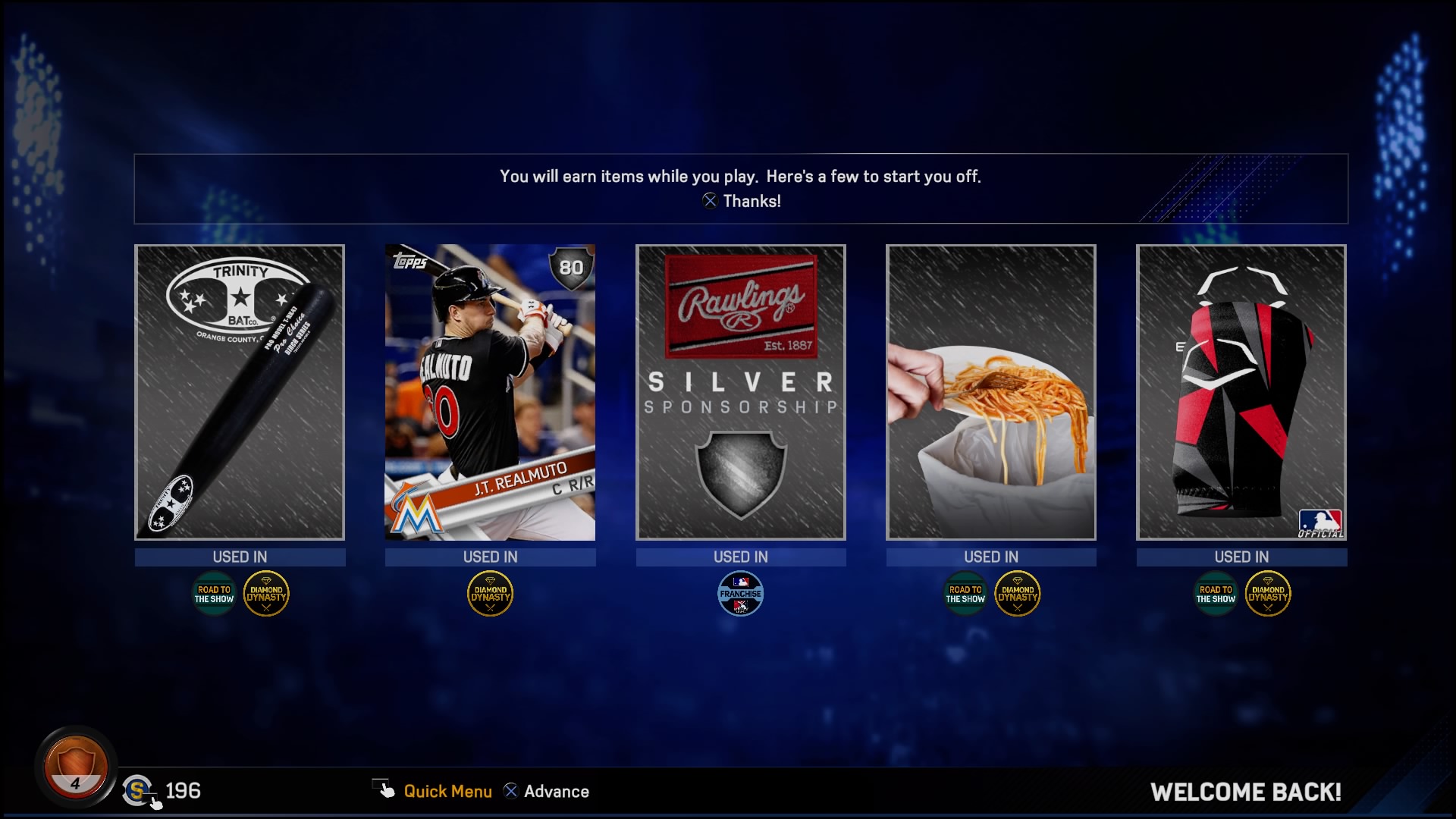
-
MLB(R) The Show(TM) 17
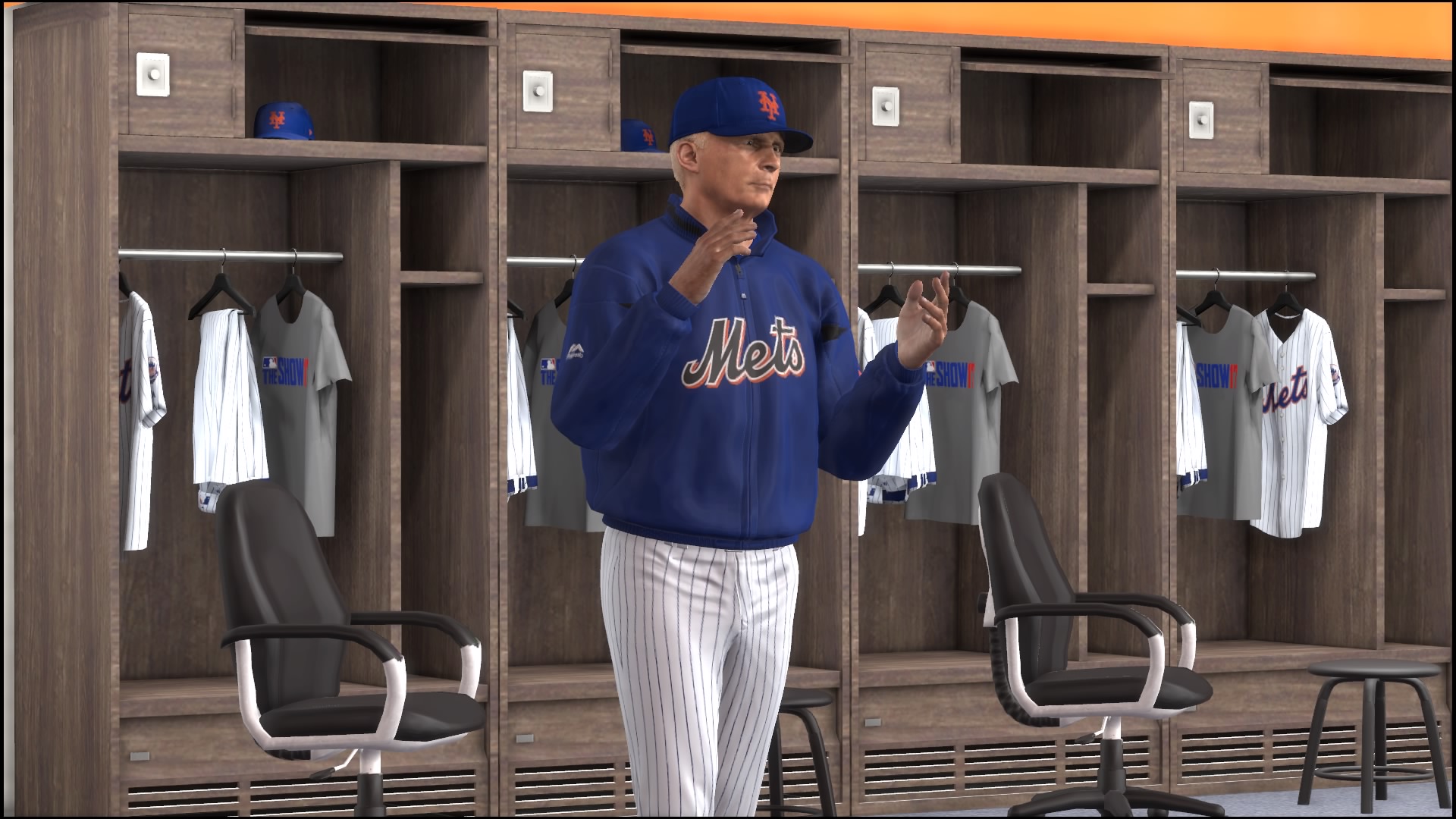
-
MLB(R) The Show(TM) 17
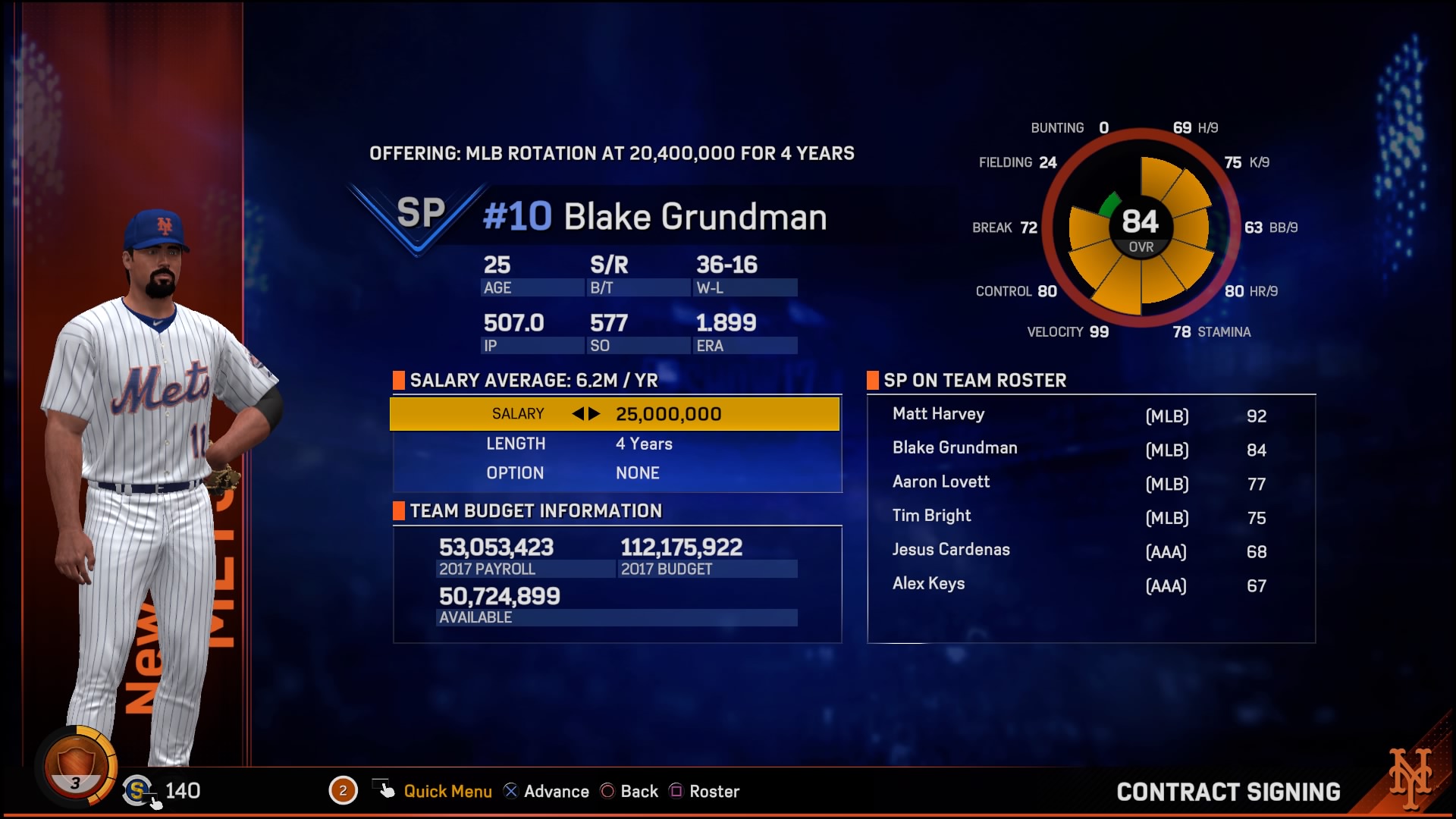
-
MLB(R) The Show(TM) 17
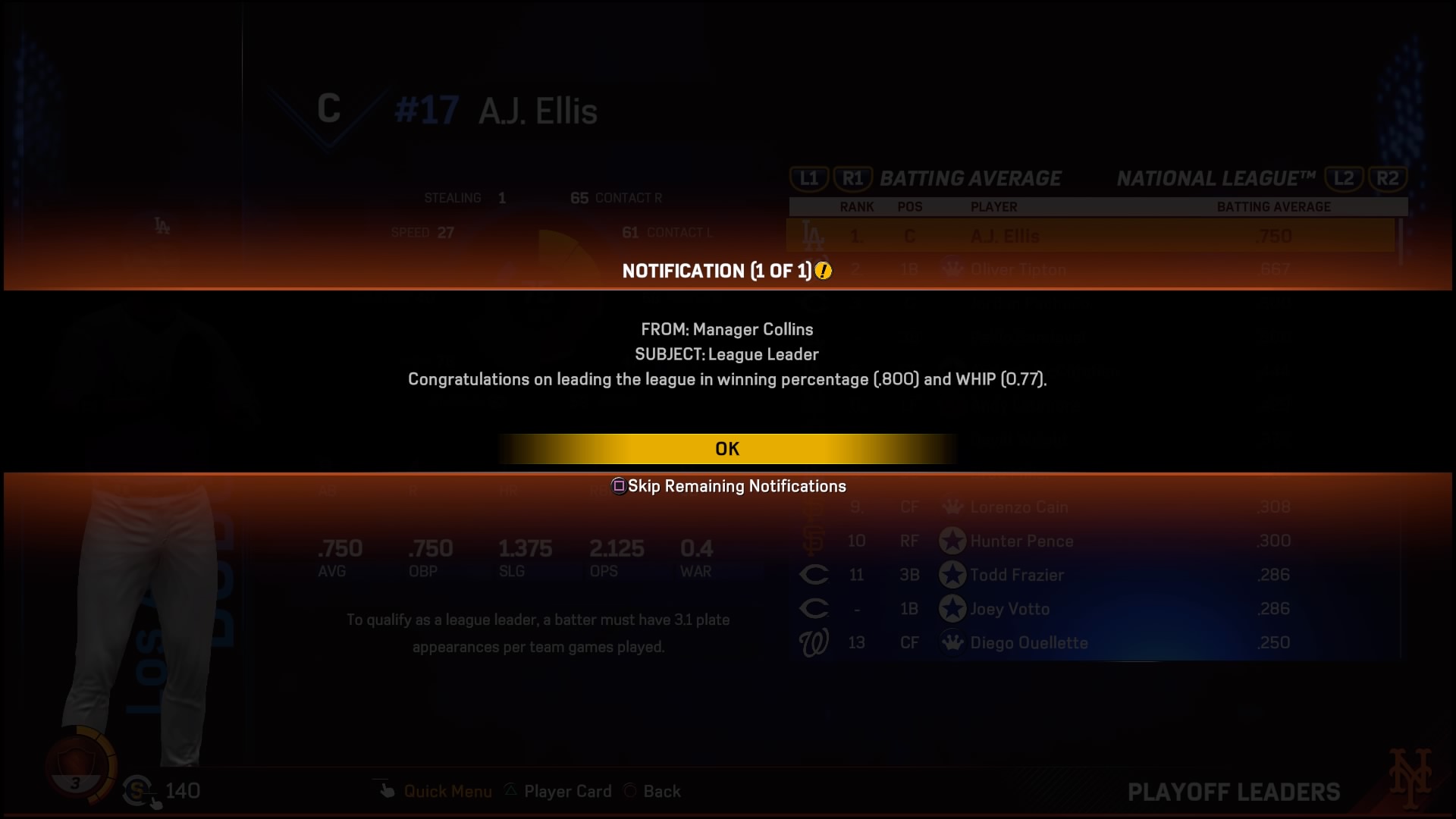
-
MLB(R) The Show(TM) 17
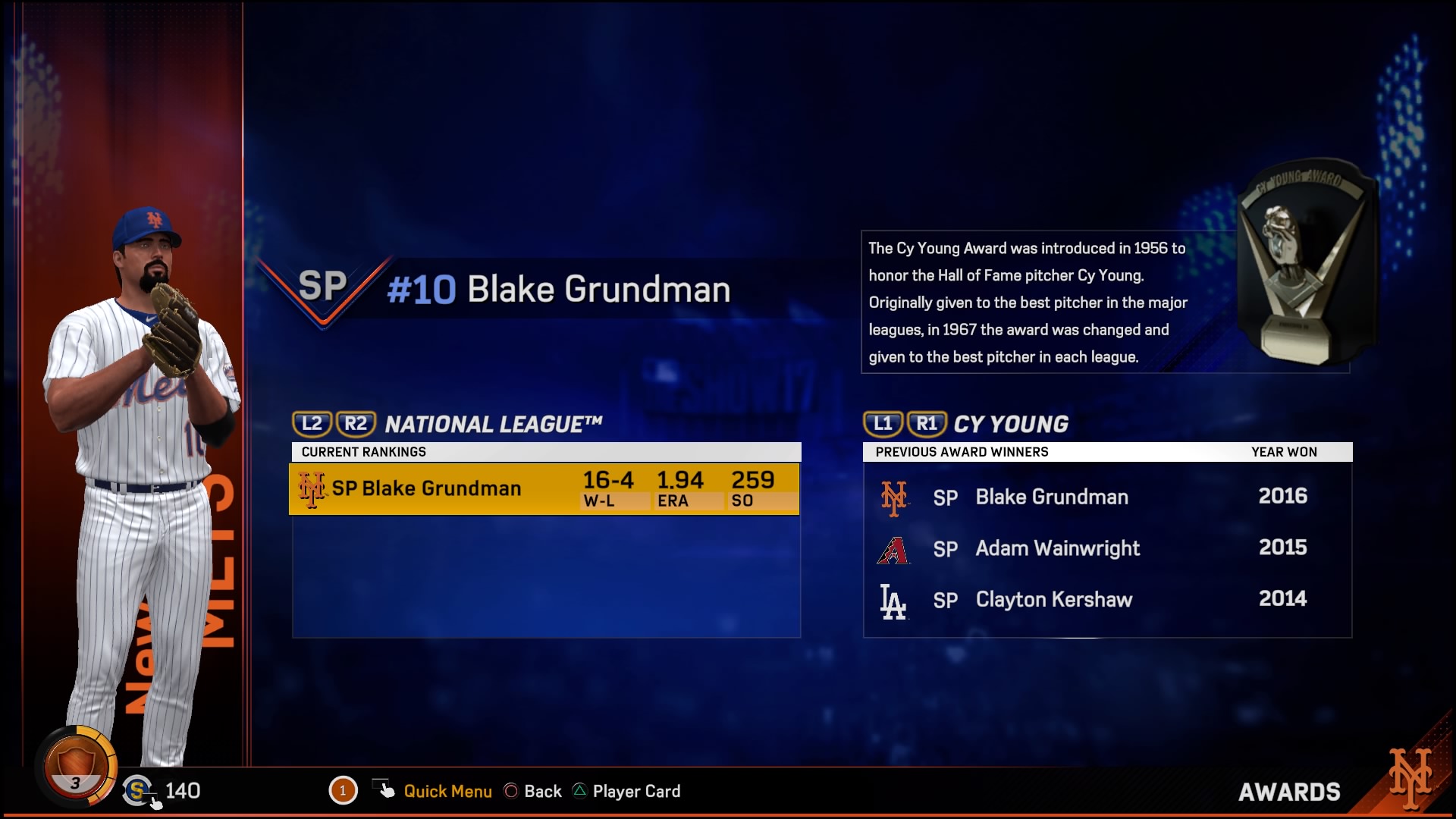
-
MLB(R) The Show(TM) 17
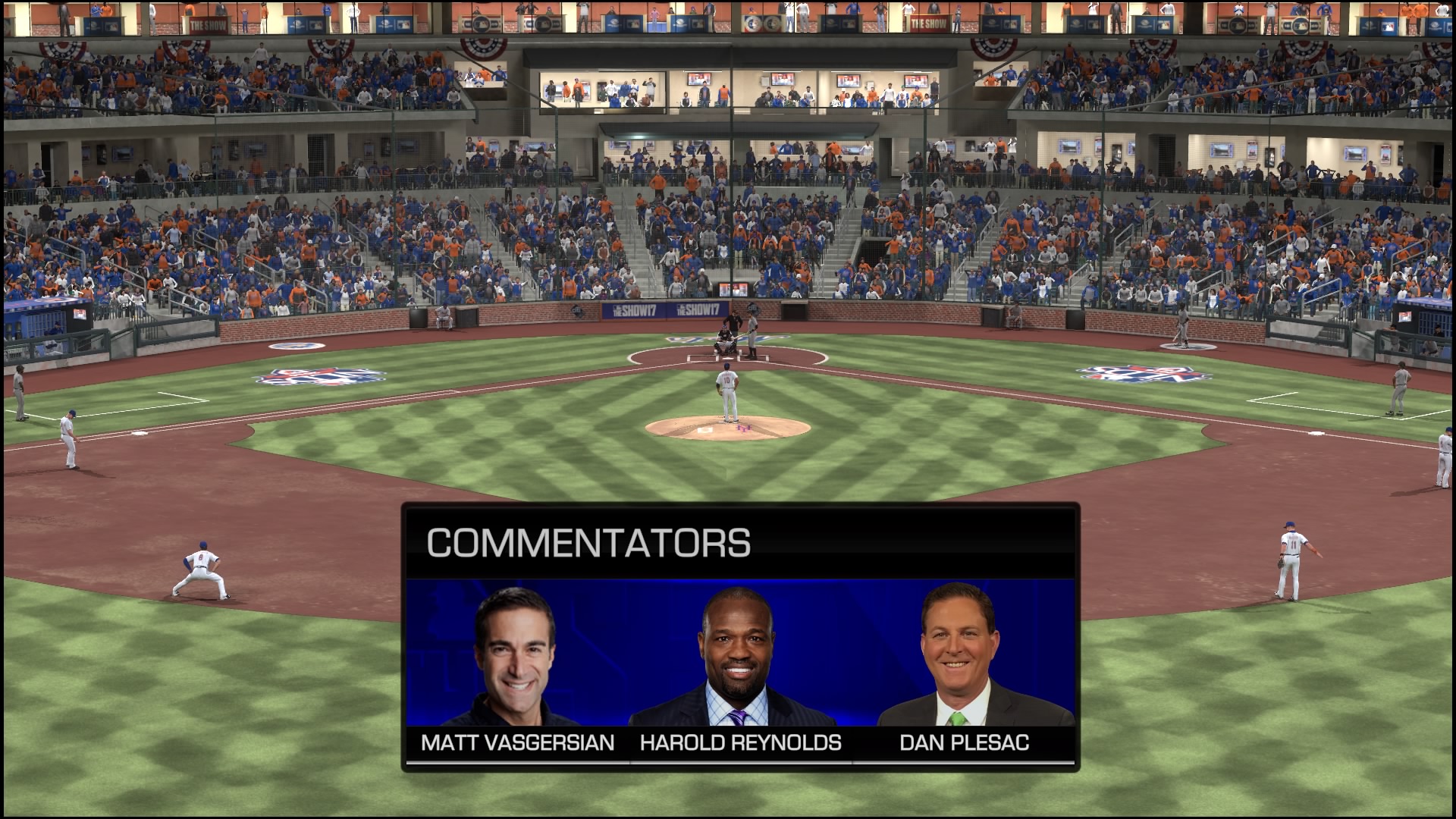
-
MLB(R) The Show(TM) 17
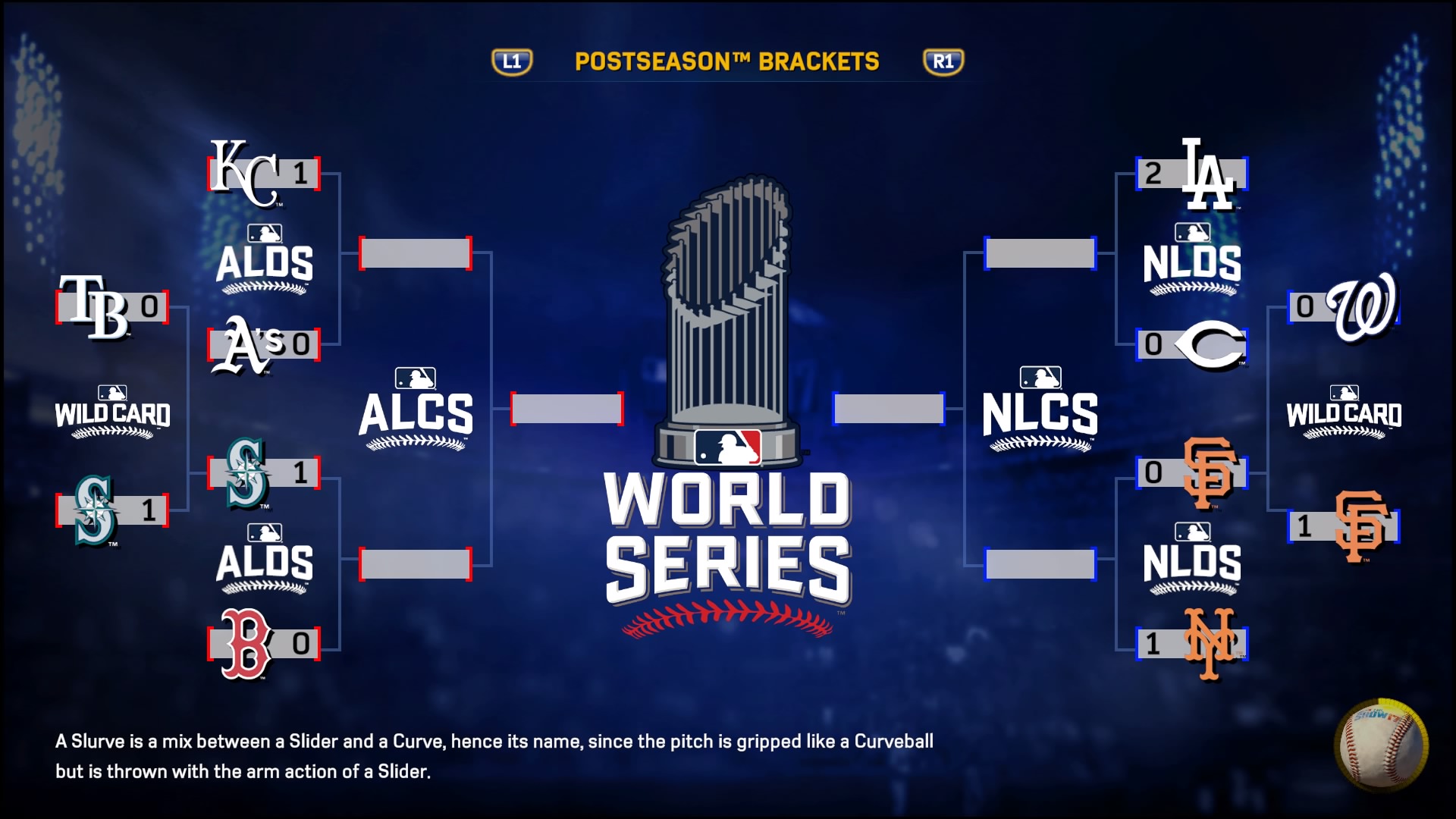
-
MLB(R) The Show(TM) 17
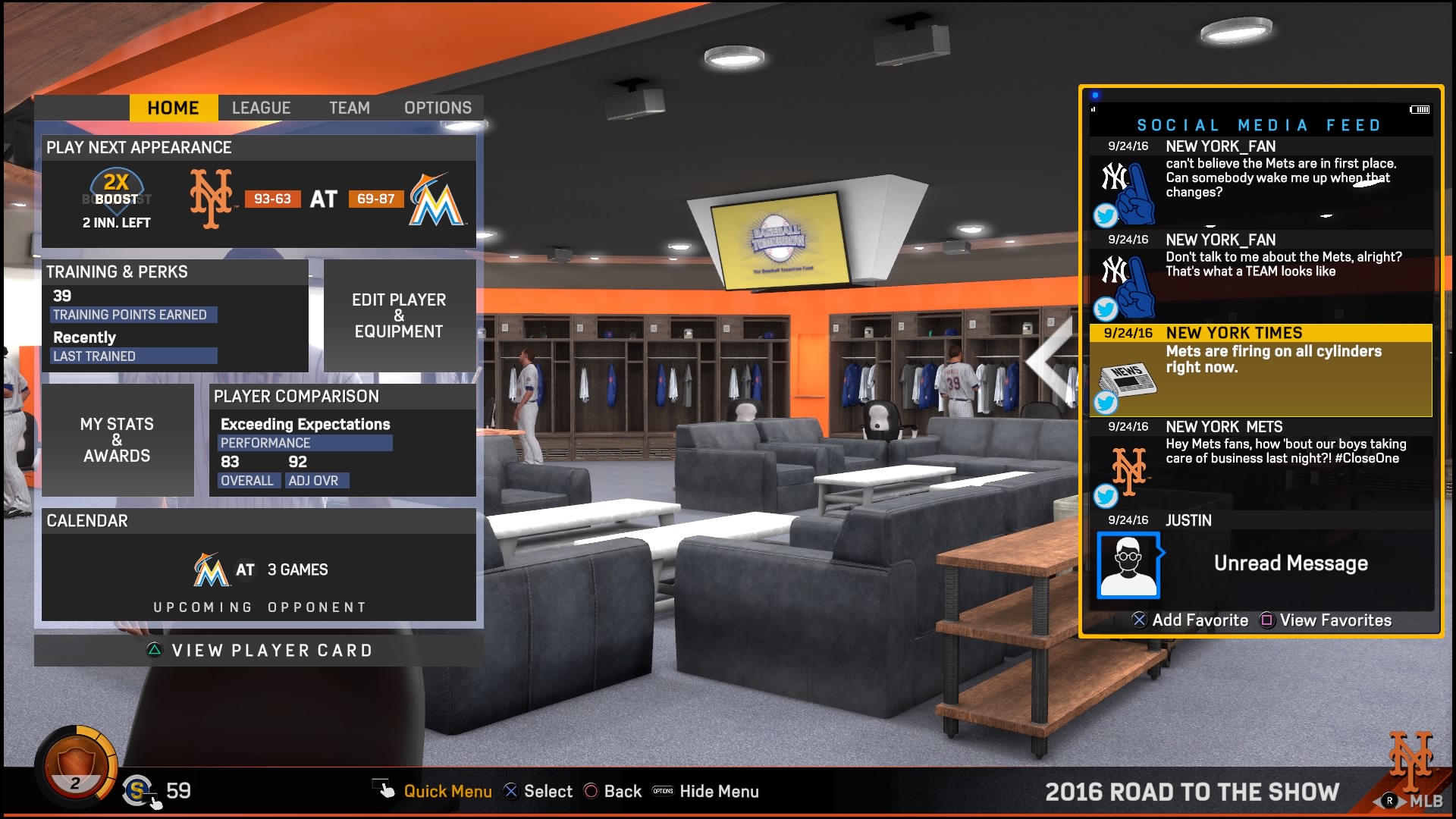
-
MLB(R) The Show(TM) 17

